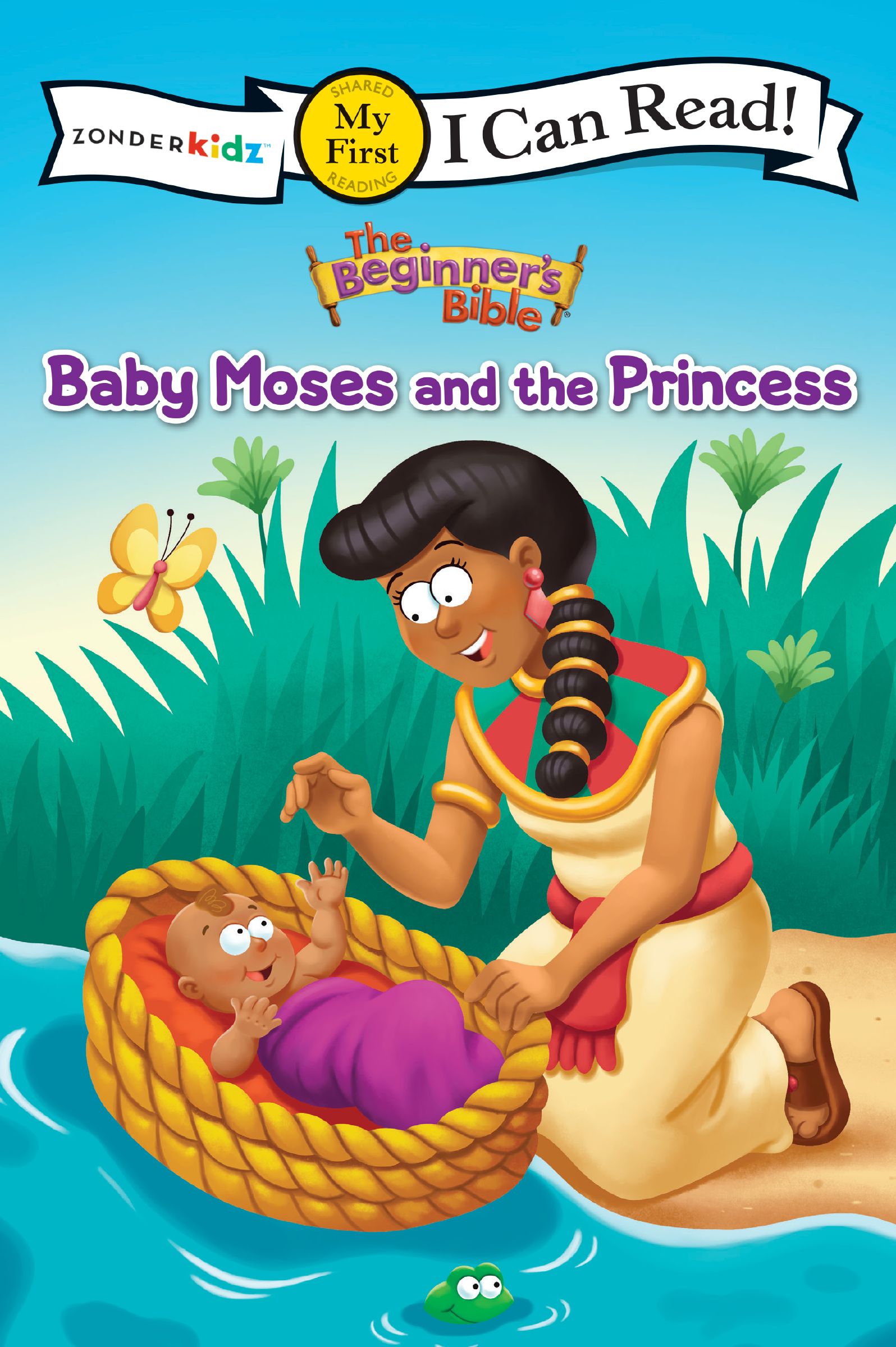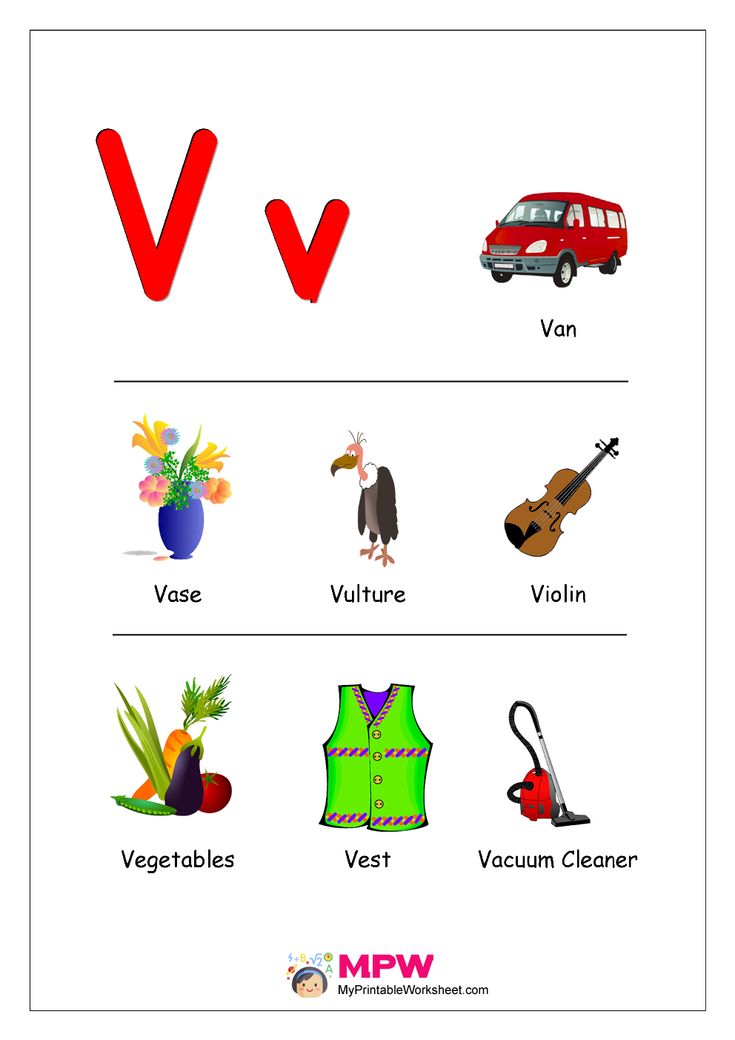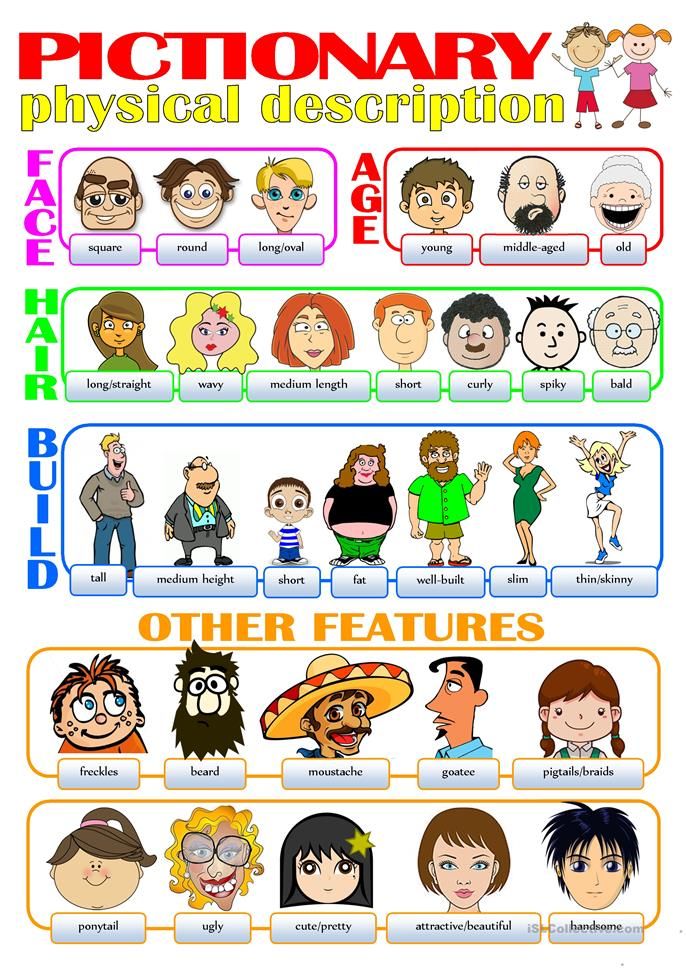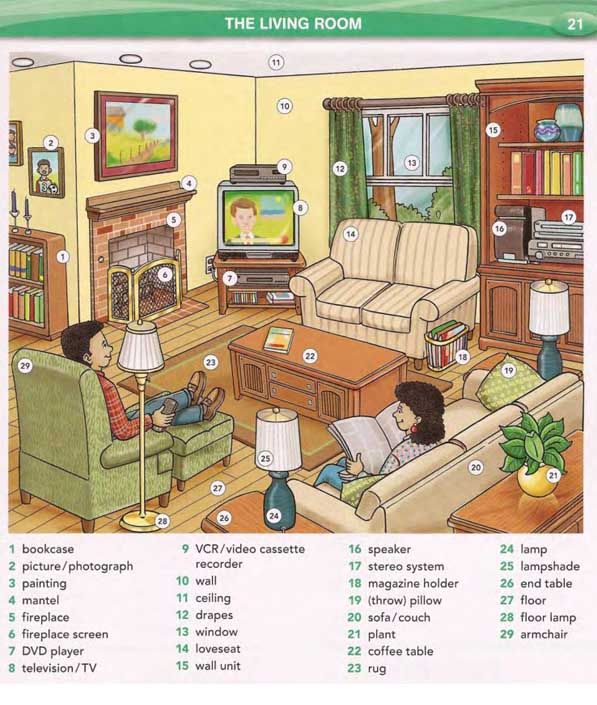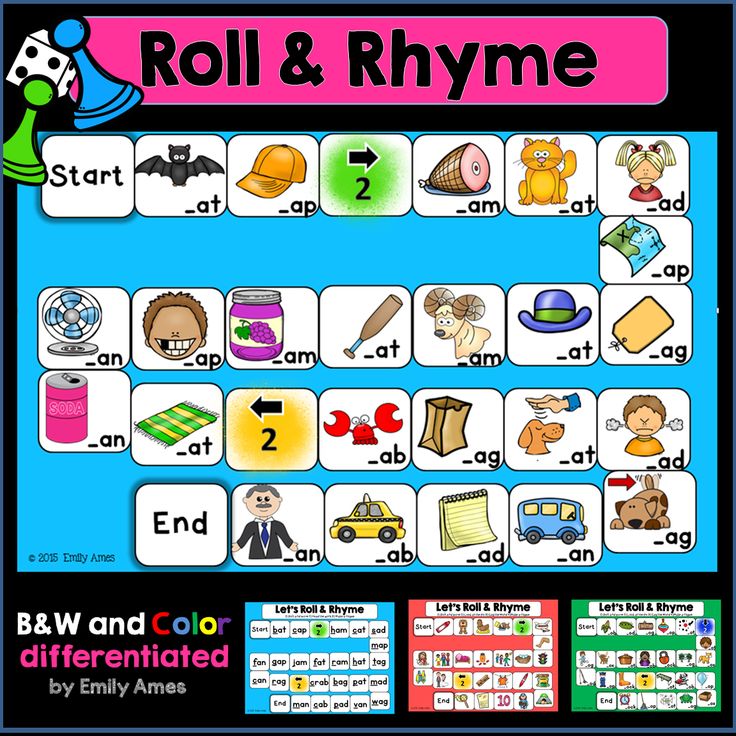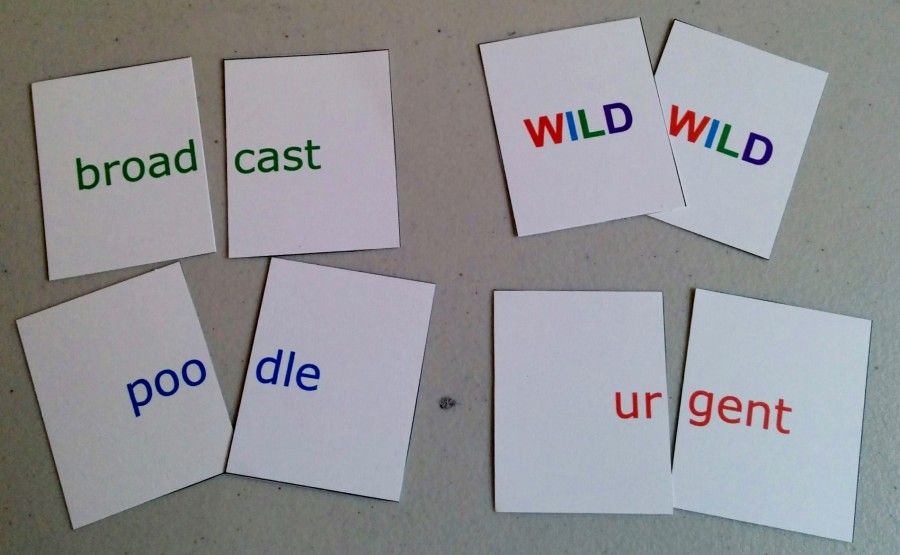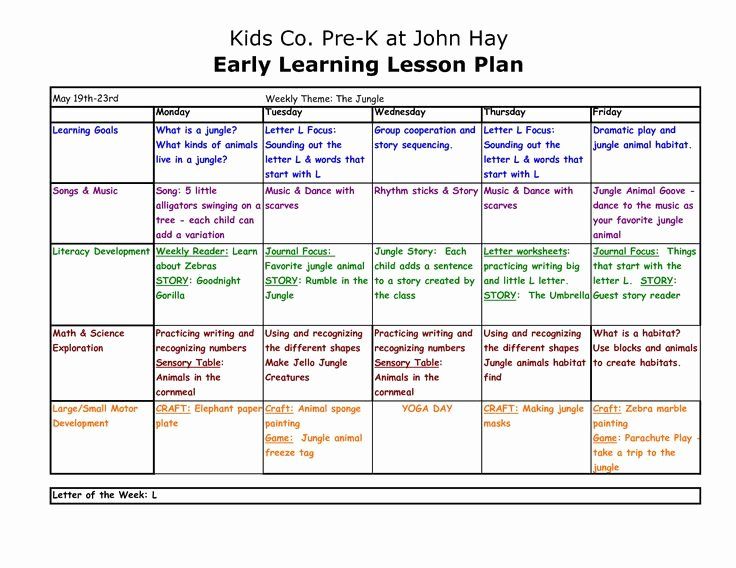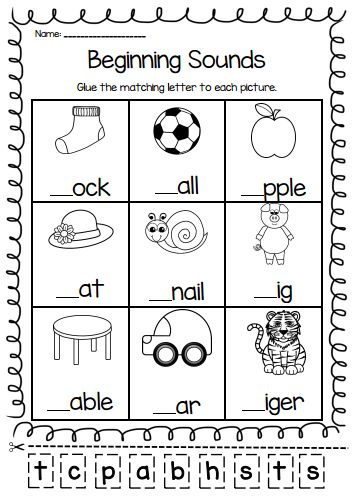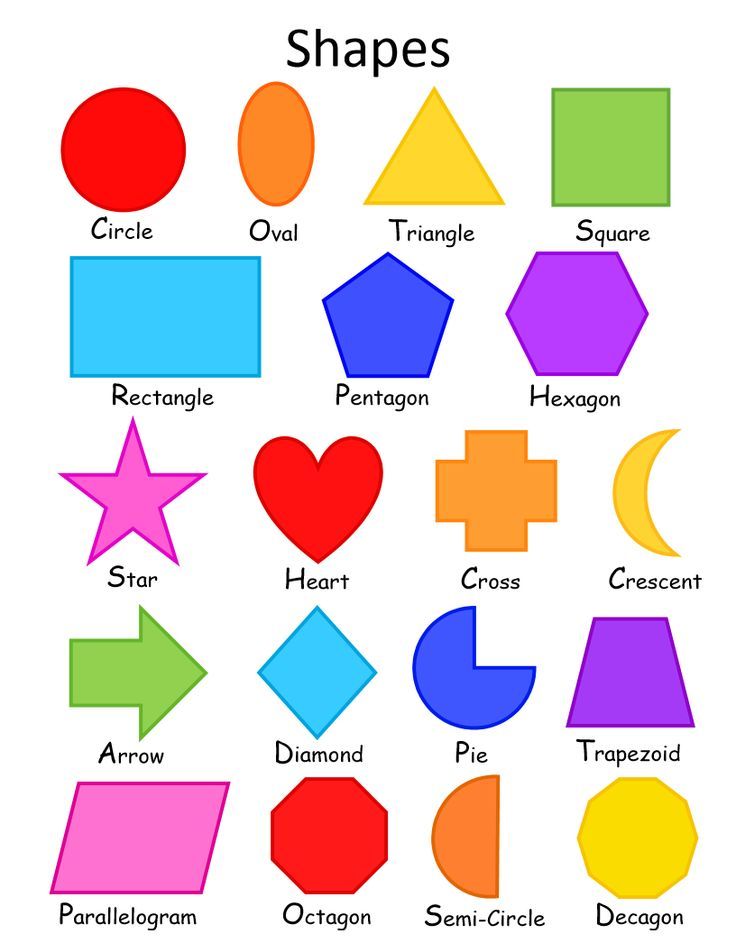Learning activities for math
7 Classroom Math Activities That Will Make Math Engaging and Fun
Back to Articles
Fun, hands‑on math games are a great way to make early math concepts clear and keep your students engaged.Introducing math games into the classroom is a great way to make learning fun, engaging and motivating for young learners.
And the best part about starting early (kindergarten to grade 2) is that it helps your students to develop a positive attitude toward math from an early age, setting them up for a successful academic future.
Here are some fun classroom math activities that will have your students begging to do more.
Math Bingo
This math game is sure to become a fast favorite with your students. You can choose whatever skill you want to review, such as addition, subtraction, or number sequencing. The game works just like regular bingo, except students have to solve math problems in order to know what number to mark off of their sheet.
To prepare, make a list of 25 math problems (e.g. 2+1, 3–0, or 2, 4, 6, _ ). Write the answers on the same sheet of paper.
Create your own 5x5 bingo cards or generate them online. At random, write the answers on the cards using the solutions from your list. There should be a bingo card for each student playing. You can laminate the cards to use for next time and have students place pennies or rocks to mark their answers.
Make a paper plate clock
Are your students learning to tell time this year? This hands‑on craft activity is a fantastic way to practice this important skill.
Start with a paper plate and make a small hole at the center. Students should write the numbers in the correct places. Using colored paper, they can then cut the clock hands to the right size and secure them using a split pin from the center. You can even use a second plate (different color) for students to write the minutes. Glue the second plate to the bottom of the first so that it creates a rim.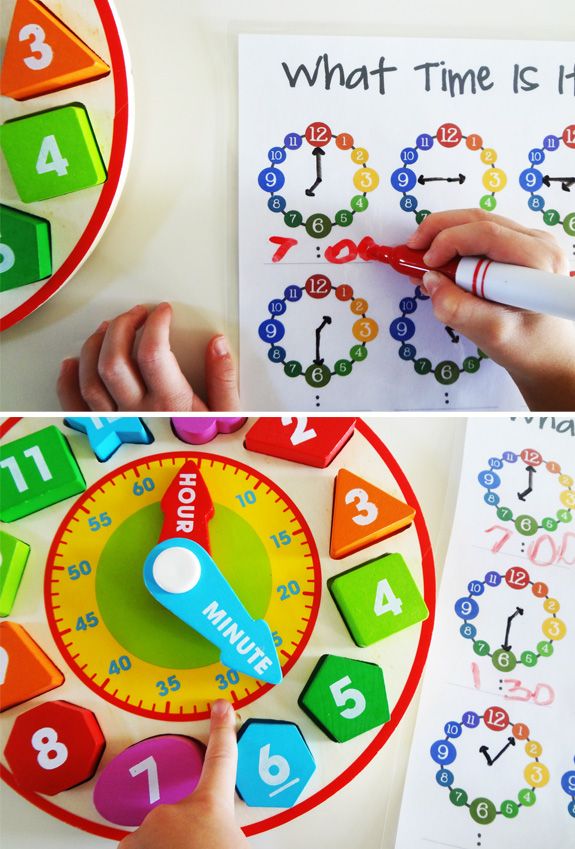
Guess the weight
Children love playing guessing games, and when it comes to whether something is heavy or light, there can certainly be a few surprises in store for them.
Gather several items and spread them across a table. One at a time, ask students to guess the weight of each item and write their predictions in one column on a page (you can create a simple template for this too). Using kitchen scales, invite individual students to weigh each item and record the correct answers in a second column. You can also add a column in between and pass each item around the class, so students can guess the weight after holding each in their hand.
Hopscotch math
This game is a great way to get your students outside on a nice sunny day. Using a piece of chalk, draw a hopscotch grid on the pavement mimicking a calculator layout. Ask students to form a line and one by one, give them a simple operation (e.g. 2+3, 5–0). Students should take turns hopping on each element of the equation in the correct order, landing finally on the answer.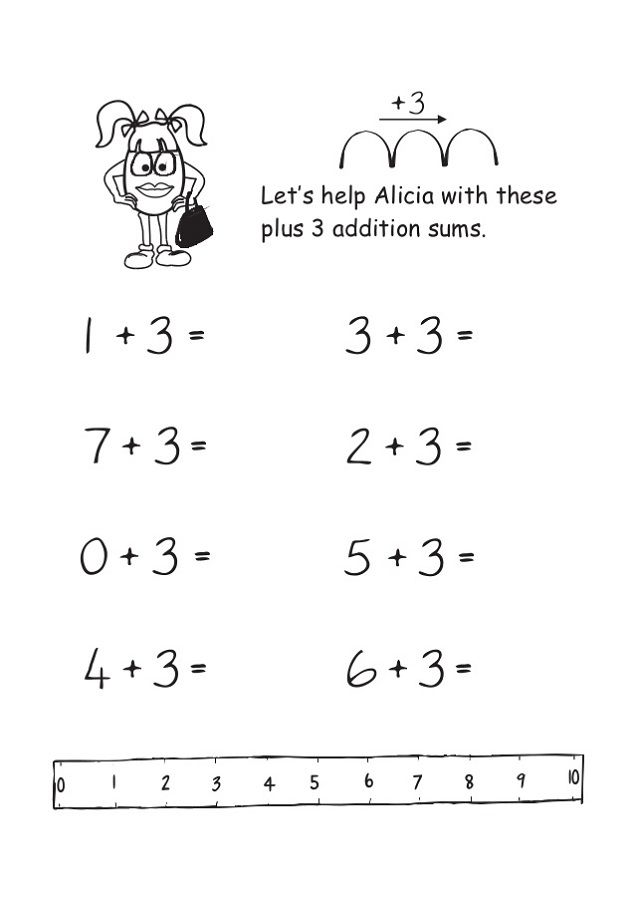
In another game, you can call out a number and ask students to hop on any equation that equals to that number. For a fun twist, ask students to hop on one leg for odd numbers, and two legs for even numbers.
Hopscotch math is a fun activity which helps students to practice simple operations.Pizza fractions
Fractions can be tricky, so this activity can really help students to visualize key concepts. Create an instruction sheet with five different fractions on each (you can create several so different students get a different set). Students should create a pizza (using construction paper, or even the inside of an empty pizza box) and decorate the toppings to represent each fraction.
For example, if they had a quarter (fourth), they should cover one-quarter of the pizza with a specific ingredient (e.g. mushrooms or pepperoni).
'Lengthy' scavenger hunt
Divide students into groups and give each group a list of measurements and a measuring tool (e.g. a ruler, tape, trundle wheel). Instruct students to find items that are exactly the length of what they have listed. For younger students who haven't yet been introduced to measurement, draw various lines on their sheet and ask them to find items that are exactly the same length.
Instruct students to find items that are exactly the length of what they have listed. For younger students who haven't yet been introduced to measurement, draw various lines on their sheet and ask them to find items that are exactly the same length.
Make sure you prepare items beforehand and place them in a safe and visible spot. This activity can be done outside or in the classroom.
Survey and graph
Ask each student to think of a question they’d like to survey their fellow classmates on. For example, they might like to ask their classmates what their favorite animal is out of a dog, monkey, pig, or chicken. Give students time to walk around the classroom quizzing each other and recording their data.
Once students have collected enough data, ask them to represent their results by building a bar graph using linking cubes, blocks, or Legos. They can use sticky notes or bits of paper to create labels above each bar. Take a photo of each student's graph, which you can later print out to create a class collage to display.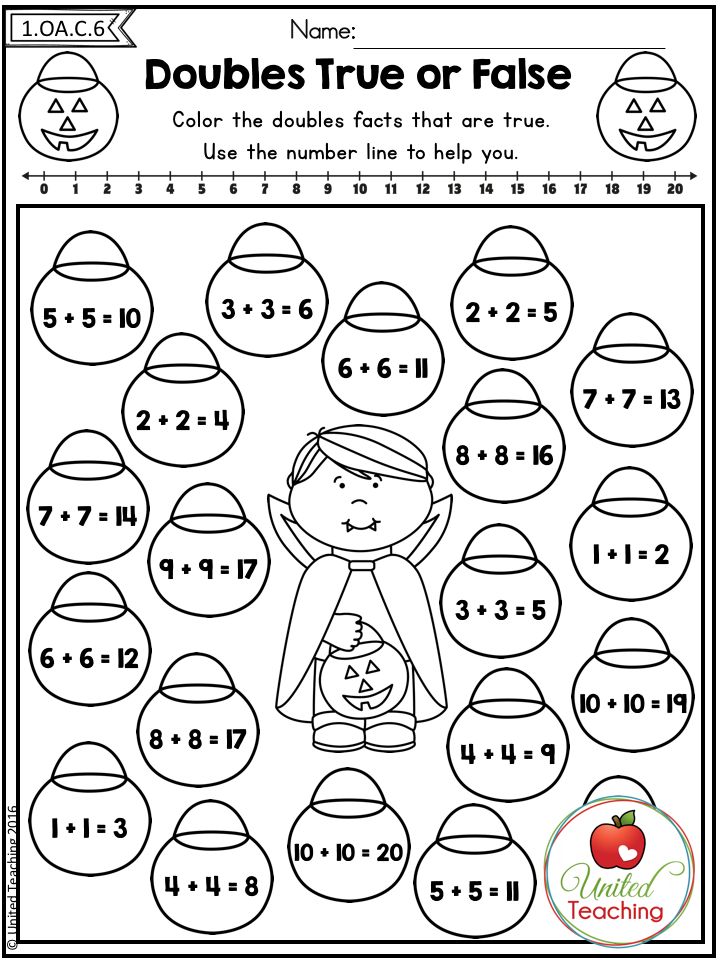
Looking for new ways to make elementary math fun? Mathseeds is a research-based online math program specifically designed for students in grades K–2. Created by a highly experienced team of elementary teachers, Mathseeds provides self-paced lessons, fun games, automated reporting, and a range of teaching tools to help your elementary math students succeed. Sign up for a free trial today.
35 Active Math Games and Activities for Kids Who Love To Move
Tired of hearing groans when you announce it’s time for math? These active math games and activities will spice up your learning game. They get kids up and moving, using their whole bodies to learn facts and skills. Lots of these ideas can be adapted to suit a variety of math concepts, so choose a few to try out with your own math students.
1. Throw snowballs inside or out
Clip flash cards to plastic tubs, then challenge kids to throw the correct number of large white pom-poms (“snowballs”) in from a distance. If there’s snow on the ground, bundle up and take this one outside to use real snowballs!
If there’s snow on the ground, bundle up and take this one outside to use real snowballs!
Learn more: Frugal Fun 4 Boys and Girls
2. Stack sticks to practice tally marks
Small sticks are perfect for practicing tally marks. Kids will have fun checking the ground under trees for twigs, then breaking them into pieces and creating tally piles.
Learn more: @amysam623
3. Fish for numbers
It’s so easy to make your own magnet fishing pole. Float some numbered foam fish with paper clips attached, then try to catch the numbers in the right order! (Don’t want to get wet? Just lay the fish on the ground instead.)
ADVERTISEMENT
Learn more: Buggy and Buddy/Fishing Math
4. Draw and measure shapes on the sidewalk
First, give kids some sidewalk chalk and let them draw a variety of shapes, as big or small as they like. Then, arm them with measuring tapes and have them practice taking measurements.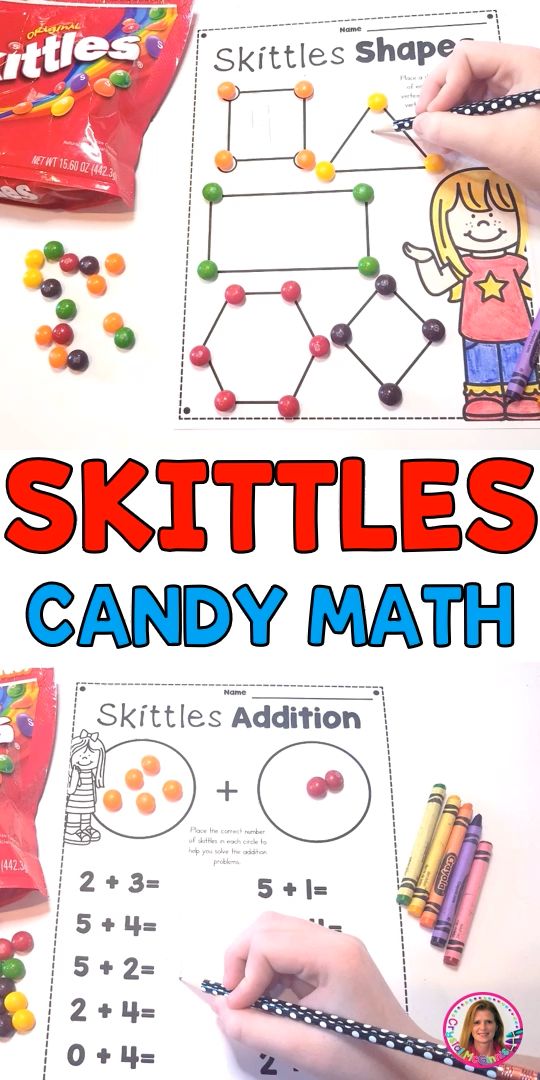
Learn more: @playexploregrow
5. Stomp and smash on a number line
Grab some paper bags and number them, then shake them out and lay them in a number line. Now, call out an addition or subtraction problem, like 3 + 2. Have a student stomp on the bag labeled three, then on the next two to arrive at an answer of five. (Feeling brave? Try this one with balloons!)
Learn more: Schooltime Snippets
6. Grow fact-family flowers
Pick up colorful fall leaves and write math facts on them. Gather them around a numbered rock to make pretty flowers.
Learn more: @discoverwildlearning
7. Toss beanbags to learn place value
Label bins with place values like ones, tens, and hundreds. Kids toss beanbags into the bins, then count them and see what number they’ve created.
Learn more: Saddle Up for Second Grade/Place Value Toss
8. Form paper-plate number bonds
Pass out numbered paper plates, then have students mix and mingle to see how many number bonds they can form.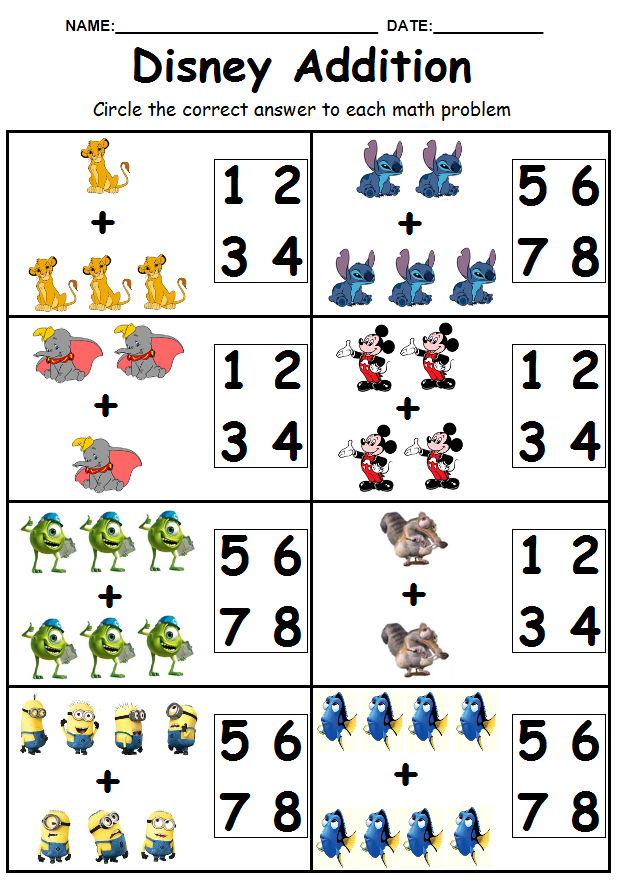
Learn more: The Schroeder Page
9. Create a life-size number line
Number lines are wonderful for all sorts of math games and activities. Make one big enough for kids to stand and jump around on using sidewalk chalk (or painter’s tape indoors). You’ll use it over and over again.
Learn more: Childhood Beckons
10. Hit the target and graph
You can teach graphing in lots of ways, so why not make it active? Students throw balls onto a target, graphing and analyzing their throws as they go.
Learn more: Amy Lemons
11. Head out on a plot graph scavenger hunt
Create a map of your school, playground, or other area using graph paper (or even better, have kids help you do it). Then choose plot points for them to visit to find notes or small prizes. They’ll feel like real treasure hunters!
Learn more: Edventures With Kids
12. Roll the dice to count and move
Get practice with low-number counting and addition using action dice.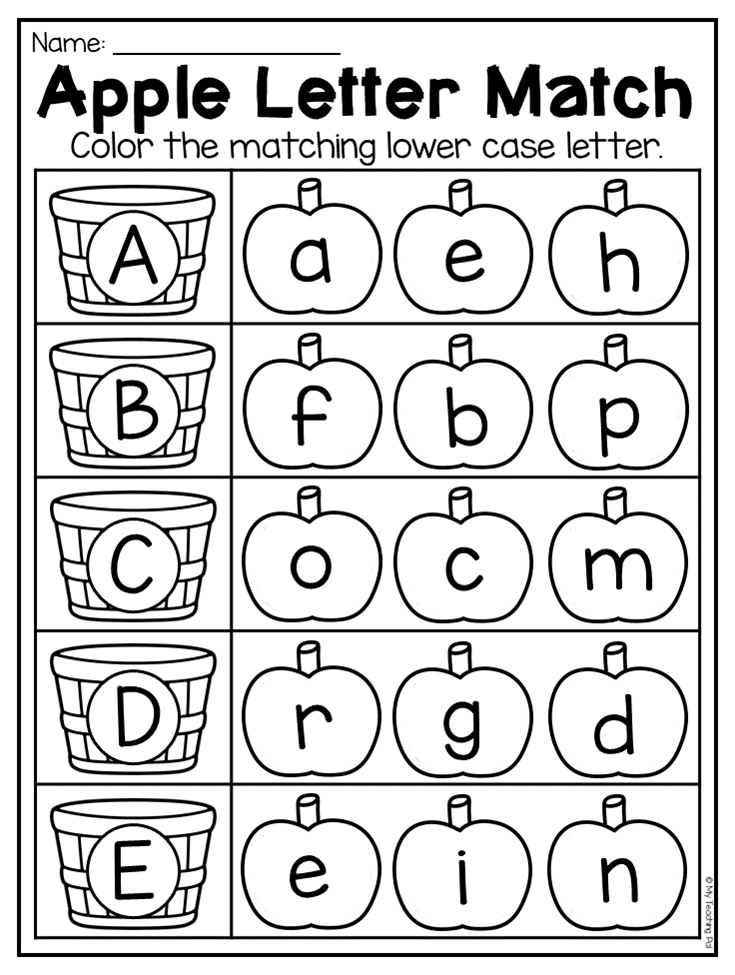 Write activities like “jump,” “clap,” or “stomp” on a small wooden block, then roll it along with a pair of dice. Kids add them up (or subtract if you prefer) and complete the activity the number of times shown.
Write activities like “jump,” “clap,” or “stomp” on a small wooden block, then roll it along with a pair of dice. Kids add them up (or subtract if you prefer) and complete the activity the number of times shown.
Learn more: Buggy and Buddy/Math Dice
13. Whack a ball to subtract
You know your elementary math students are going to love this! Build your own whack-a-mole 10-frame with a shoebox and Ping-Pong balls. Then, have kids whack the balls to practice their subtraction facts. So fun!
Learn more: Planning Playtime
14. Make a splash with water balloons
You’re going to need to be willing to get a little wet for this one, but kids simply adore math games (or any games!) with water balloons. Fill and label balloons numbered 1 through 20 (or whatever numbers you’re working on). Draw the numbers in a big circle on the playground. Then, have a student choose a balloon, find the matching number, and head off to make a splash!
Learn more: Little Bins for Little Hands
15.
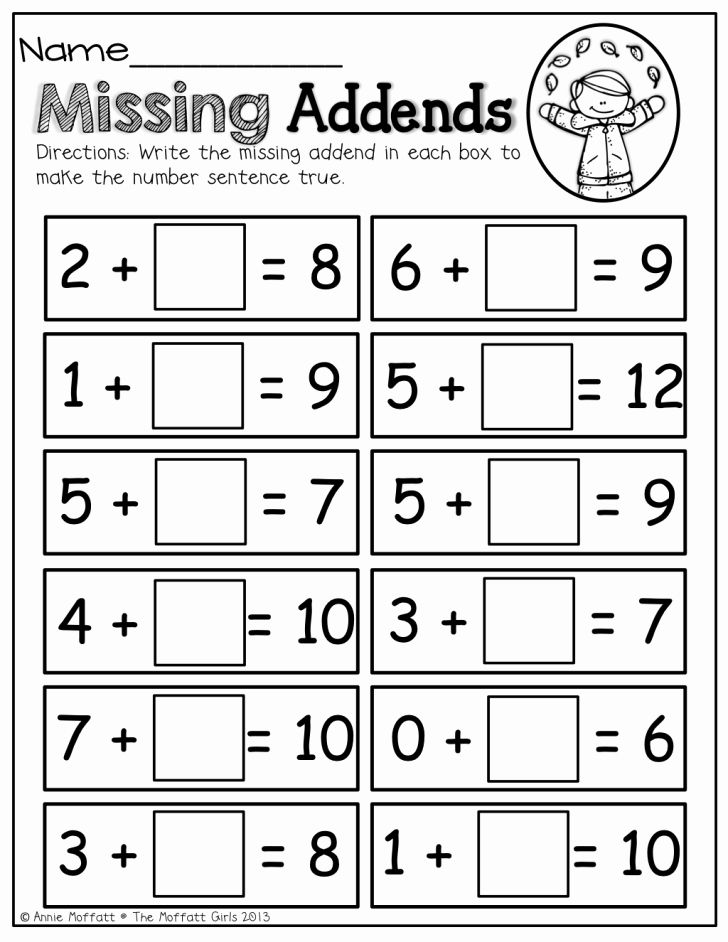 Tell time on a giant clock
Tell time on a giant clockDraw a giant clock face with hours and minutes on the playground with sidewalk chalk. Choose two students to be the hour and minute hands, then call out a time and send them out to become the clock. Add more complicated elements by having them add to or subtract from the initial time too. (“Now it’s 23 minutes later!”)
Learn more: Creative Family Fun/Sidewalk Chalk Clock
16. Measure your frog jumps
Have your students hop like frogs, leap like gazelles, or jump like kangaroos. Then, pull out the ruler or measuring tape so they can measure the distances they’ve covered.
Learn more: Coffee Cups and Crayons
17. Jump to math facts practice
Lay out a grid like the one shown that has the answers to whatever set of math flash cards you’re currently working with. (This teacher used masking tape; you could also do sidewalk chalk on the playground.) Two players face off, one on each side of the board. Show the flash card, and kids race to be the first to jump to the correct square with both feet inside the lines.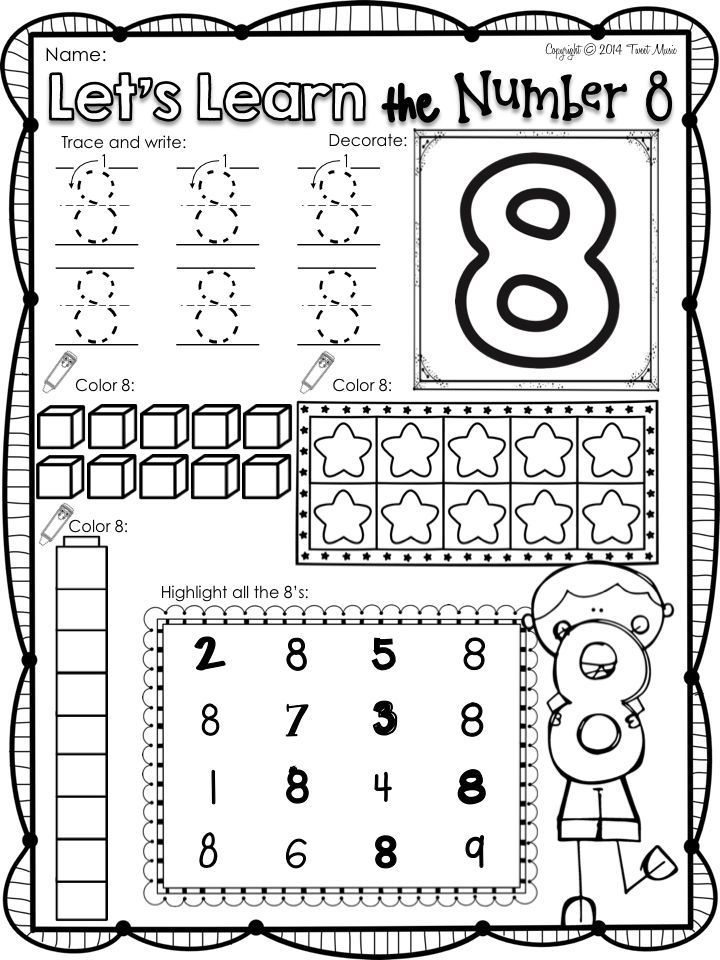 Get all the rules at the link below.
Get all the rules at the link below.
Learn more: Teaching and Tapas
18. Run a flash-card race
Tape a series of flash cards to the floor and challenge kids to see who can correctly make their way from start to finish the fastest. They can call out the answers or write them down, but they have to get it right before they move on. Kids can race side by side or work independently to beat their own best time.
Learn more: There’s Just One Mommy
19. Catch a math beach ball
Beach balls are so much fun in the classroom. Scribble numbers all over one with a Sharpie, then toss it to a student. Wherever their thumbs land, they add (or subtract or multiply) those two numbers together before tossing the ball to the next student.
Learn more: Saddle Up for Second Grade/Beach Ball Math
20. Do a number dance
Kids who love “Dance Dance Revolution” will get into this one. Make a number mat for each student like the ones shown.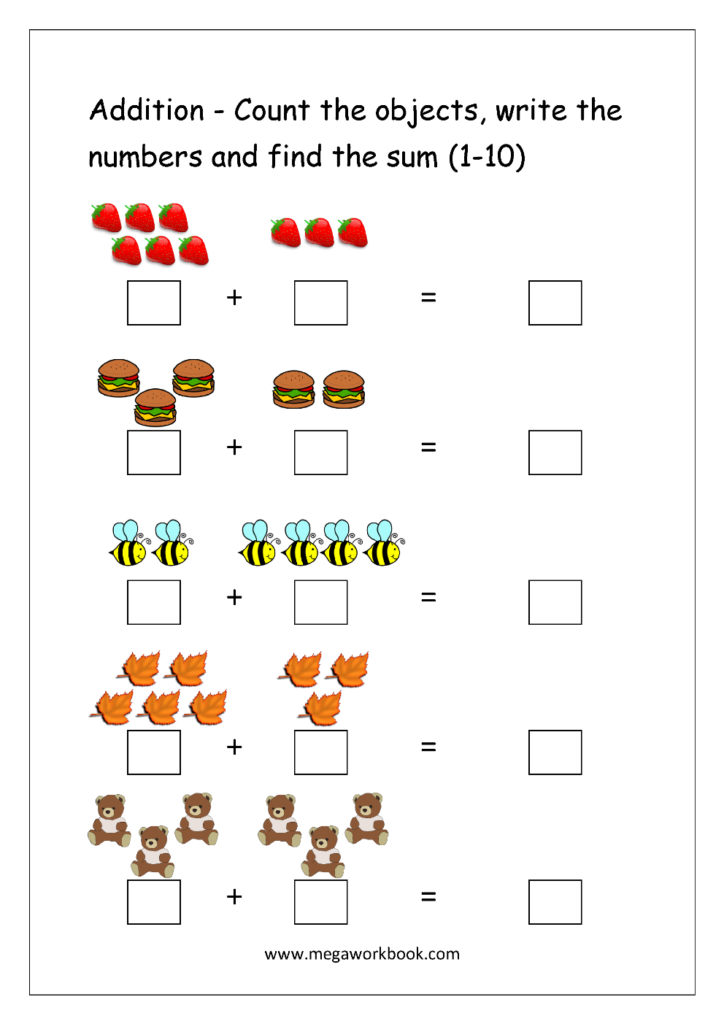 Flash an equation with an answer between 10 and 99 on the screen. Kids figure out the answer and jump to put their left foot on the correct tens place, right foot on the ones. They’ll be dancing and spinning as they learn!
Flash an equation with an answer between 10 and 99 on the screen. Kids figure out the answer and jump to put their left foot on the correct tens place, right foot on the ones. They’ll be dancing and spinning as they learn!
Learn more: Number Loving
21. Groove with angles
Teach kids about transversals and the angles they create with some fun dance moves! Get the details for “Dance Dance Transversal” at the link below.
Learn more: Communicating Mathematically
22. Add and subtract by stacking cups
We’re not sure why, but kids simply love stacking cups. Label yours with math problems and answers, then have kids build pyramids and towers galore!
Learn more: The Kindergarten Smorgasboard
23. Measure the height of a tree (no ladder needed)
Kids will be amazed to learn they can measure the tallest tree while keeping their feet on the ground. The link below walks you through the steps with a free printable.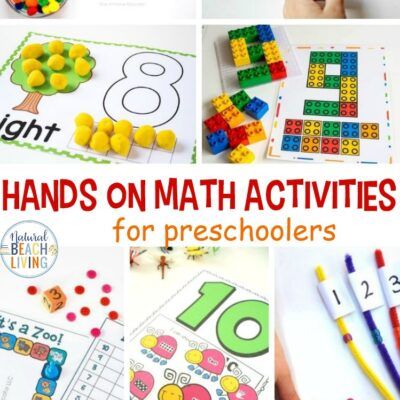
Learn more: From ABCs to ACTs
24. Count and learn on a nature walk
Take an outdoor stroll and practice basic math along the way. This works indoors too—walk the school hallways (quietly) and count doors, windows, posters, and more.
Learn more: Creative Family Fun/Math Walk
25. Hunt for shapes in the world around you
Looking for super-simple and fun active math games? Give students a sheet with shapes to find as you walk around the school or playground. Each time they find the shape, have them trace it on their worksheet and then make a mark to keep track of how many times they’ve seen it.
Learn more: Hands-On Teaching Ideas
26. Steal the balls with addition robbery
Kids compete to see whose basket of balls will add up to the highest amount. The trick? They don’t know at the beginning which balls are worth the most. Learn how to play at the link below.
Learn more: That After School Life
27. Puddle-jump from number to number
Lay out a series of construction paper puddles labeled with numbers.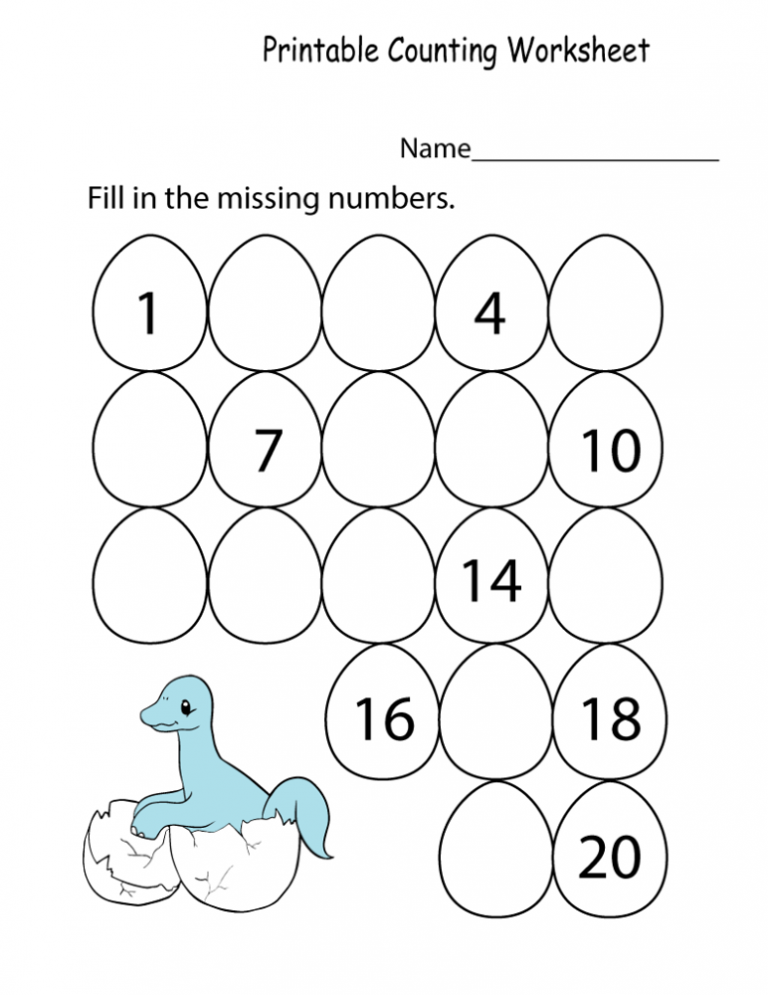 You can call out numbers and have kids jump to the correct one, or have them jump from one to the next in order forward or backward, or even try some skip counting.
You can call out numbers and have kids jump to the correct one, or have them jump from one to the next in order forward or backward, or even try some skip counting.
Learn more: NurtureStore
28. Paint and hide number rocks
Painted rocks are always a big hit! Have your class help you make these, then hide them around the playground and send kids off to find and answer equations.
Learn more: The OT Toolbox
29. Skip-count along a hopscotch board
A hopscotch board can be used for a lot of fun and active math games. Try it for skip counting: Kids hop along counting by 2s, 5s, 10s, or whatever you’re currently working on. Learn more at the link below.
Learn more: Math Geek Mama/Skip-Counting Hopscotch
30. Aim and throw to practice math skills
Pick up a set of Sticky Darts and draw two dartboards side by side. You can label the rings with any numbers you like. Kids throw the darts and then add, subtract, multiply, or divide the numbers—your choice!
Learn more: Inspiration Labs
31.
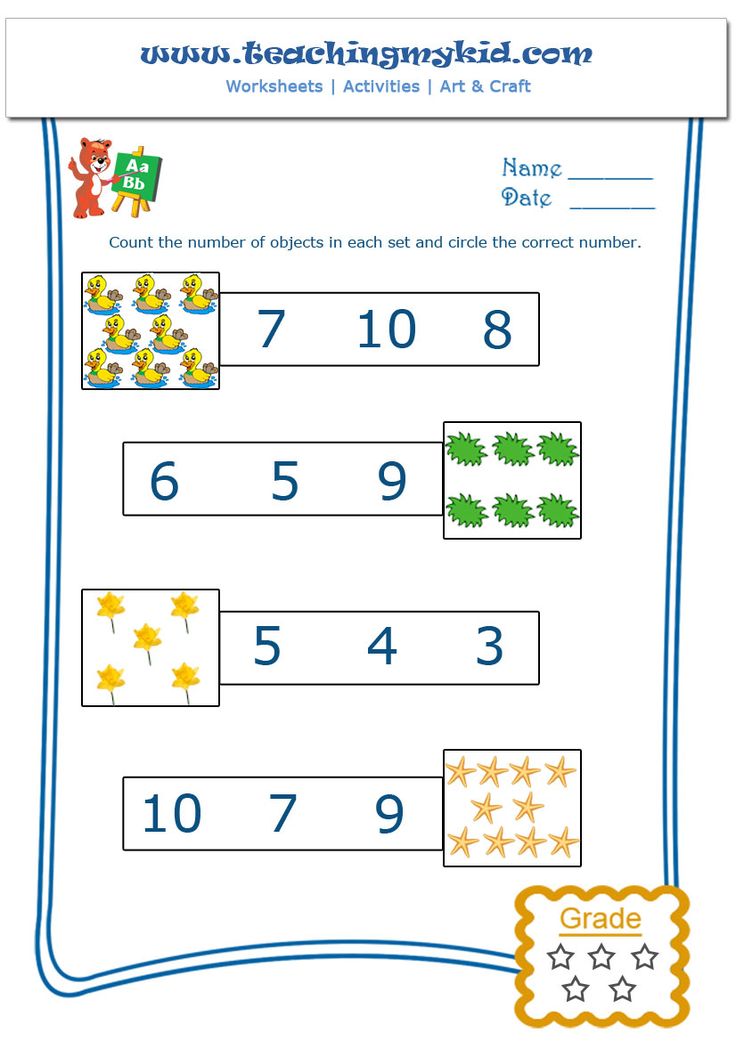 Design an outdoor board game
Design an outdoor board gameDraw a winding path and fill the spaces with math equations. Kids roll the dice and move from space to space (have them jump, skip, or twirl to mix things up). If they get the answer right, they move to the new space. If not, their turn is over. Customizable math games like this can be used at any level.
Learn more: Look! We’re Learning!
32. Turn UNO into an active math game
Grab your UNO deck and get ready to move! Assign each color a movement (hop, touch toes, etc.). As kids draw the cards, everyone completes the movement the correct number of times. Skip and Reverse work as usual, but anyone who gets Draw Two has to draw two more cards and complete the actions on their own while others cheer them on. See more at the link below.
Learn more: Still Playing School
33. Bowl them over while learning math facts
Active math games using recycled materials are economical and good for the environment.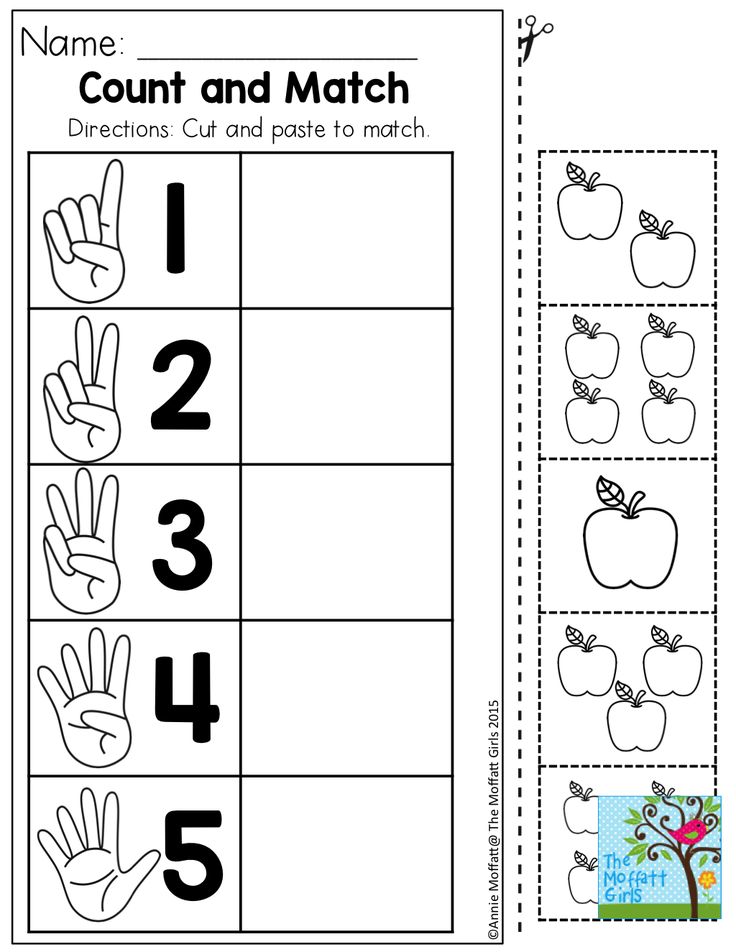 Set up empty plastic bottles labeled 1 through 10, then roll the ball to see how many you can knock down. Add up the numbers of the knocked-over bottles to get your score.
Set up empty plastic bottles labeled 1 through 10, then roll the ball to see how many you can knock down. Add up the numbers of the knocked-over bottles to get your score.
Learn more: Learn With Play at Home
34. Compete to win at putt-putt math
Pick up a few dollar-store supplies and make your own putt-putt course. This can be a simple game where kids simply shoot for the highest (or lowest) number. But you can also drive up the complexity by putting equations on the cups that kids have to solve first to determine which is the best cup to aim for.
Learn more: My Catch a Star Classroom!
35. Give a classic game a math twist
Create active math games that give new life to existing resources. For example, add numbers to Twister! For more advanced players, instead of saying “Right hand 5,” try saying “Right hand 14 – 9” to make them think.
Learn more: Math Geek Mama/Twister Math
If you like these active math games and are looking for more ways to move in the classroom, try these 21 Kinesthetic Reading Activities for your most active learners.
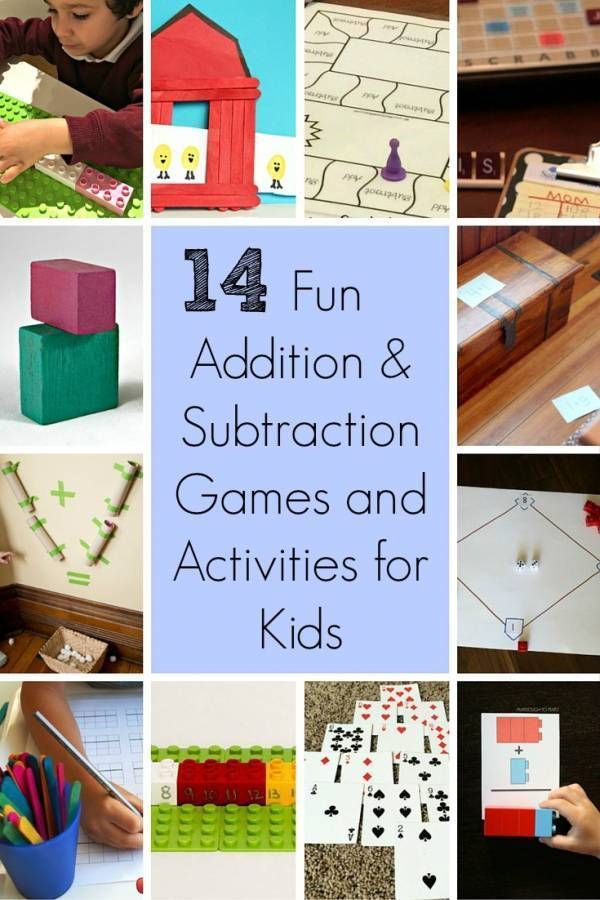
Plus, sign up for our free newsletters to get all the best teaching tips and ideas!
Development of an extra-curricular activity in mathematics for high school students
Ministry education and science of the Khabarovsk Territory
Regional state state educational institution "School No. 1"
Agreed I approve
Deputy director for water resources management KGKOU
KGKOU "school number 1" "school number 1"
Travkina T.V. _______________ Zueva Zh.F. __________
"___" _____________ 2021 "___" ___________2021
Mathematics and Facts”
(form – Olympiad “Hope for Success”)
(as part of the implementation GEF)
Compiled by: Berchanskaya N.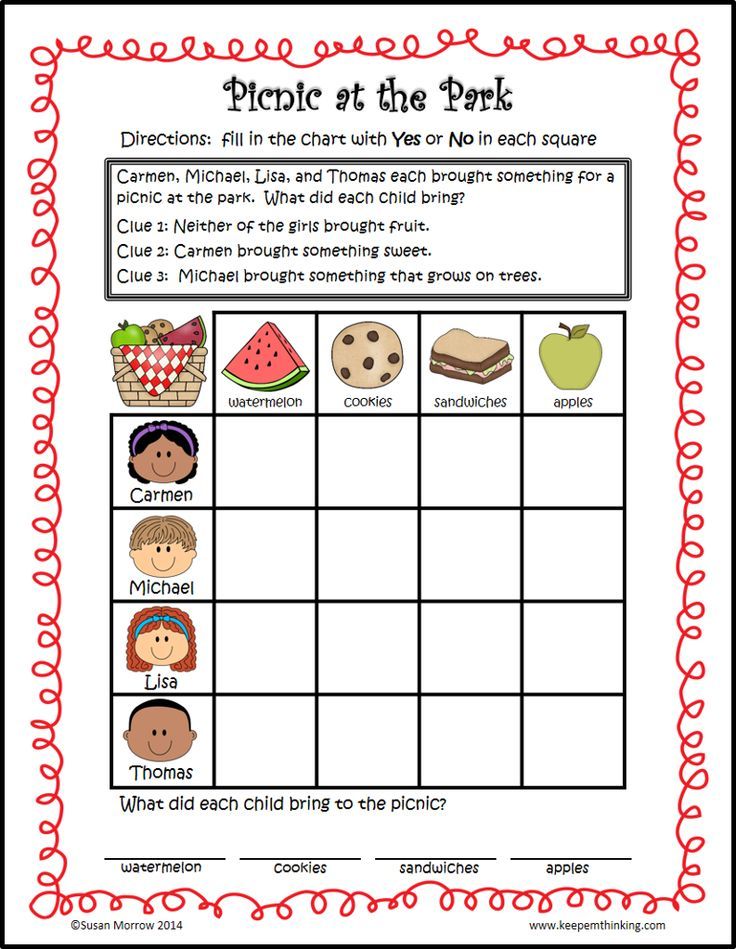 A.
A.
Komsomolsk-on-Amur
2021
Extracurricular event in mathematics for grade 11
“Mathematics and facts”
(Olympiad "Hope for success" math block)
The event was developed and conducted by Berchanskaya N.A.
22.03.2021 (10 people were present and took an active part: Shkamratov, Mukhin, Fedorov Vitaly, Anshakov, Passar, Ustenko, Kosachev, Kadushkin, Volkov, Yarosh)
03/23/2021 in the UKP at FKU IK-8 (people were present and took an active part: Egorov, Dmitriev, Malyushchak, Kovalenko, Pavlov, Raguzin, Kushnir)
03/25/2021 in UKP at FKU IK-11 (Nezhmakov, Sizov, Tuezov were present and took an active part)
03/26/2021 in the UKP at SIZO - 2 (attended and took an active part Ryabtsev, Ibrasov)
Event-Olympiad "Hope for success” is traditional and is included in the school-wide work plan and plan educational work of the school
Purposes of the event:
• stimulate interest in mathematics;
• promote development logical thinking, the ability to think quickly and accept
correct solution;
• promote development intelligence, intuition and resourcefulness of students,
manifestation of individual abilities of students and activation of their cognitive
activities.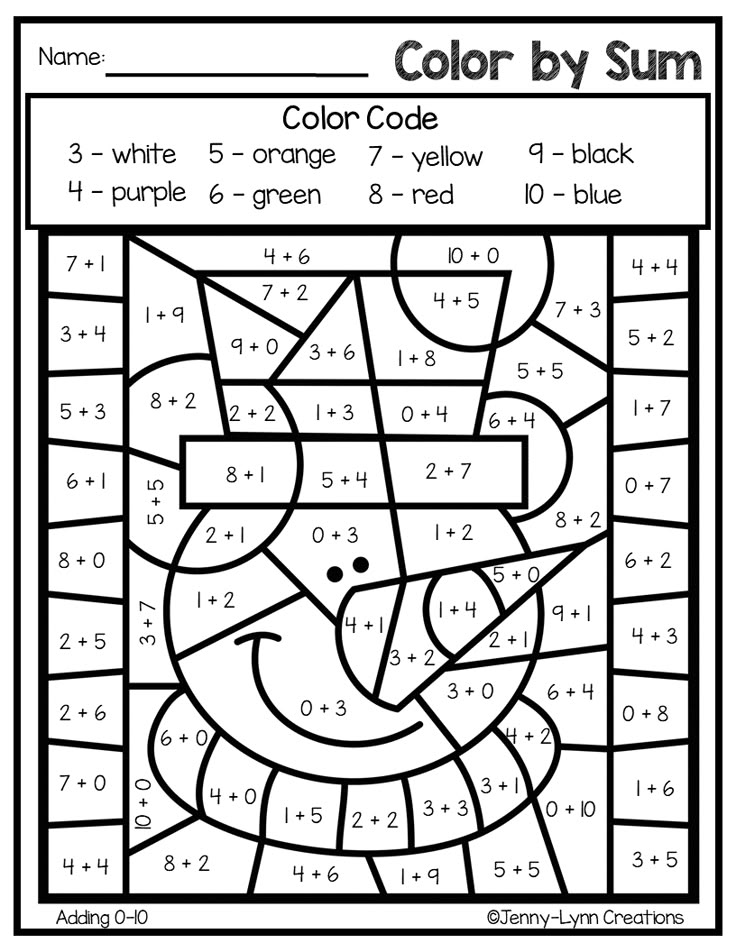
Tasks of the event:
1. Educational (didactic) task: in a fun way to deepen knowledge of
mathematics, promote the development resourcefulness, ingenuity, speed of reaction.
2. Developing task: to develop intuition, erudition, broaden the horizons of students, interest in
mathematics.
3. Educational task: to educate culture of communication, culture of mathematical thinking.
Cabinet equipment
• personal computer;
• black box; items, related to mathematics: a) a compass, b) a clock.
Plan of the event:
1. Presentation of teams (name, emblem, slogan)
2. Warm-up (10 questions for each team)
3. "Black box"
4. "MIF-theater"
5. Competition "Do you know Are you his?"
6. Great people
7. Competition "Dark Horse"
8. Brainstorming
9. Competition "Mathematical compliment"
10. Competition "Letterhead"
11.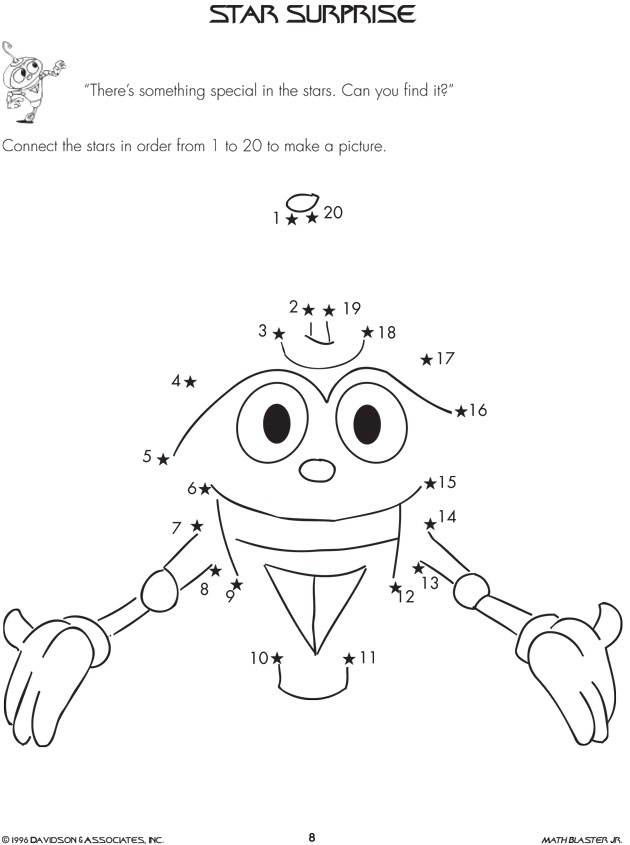 Competition of captains "Who is ahead? "
Competition of captains "Who is ahead? "
12. Competition for teams fans
Summing up.
Summing up As a result, we can conclude that such events carry a huge educational potential.
First, every holiday is a perspective for learners. Knowing what's ahead of them waiting for some interesting event, students live this "tomorrow's joy", and every day of their life today is colored by this joyful prospect. Thanks to this, life becomes richer, more interesting.
Second, the event awakens in students the desire to improve their intellectual, creative and moral qualities, as well as contribute to formation of responsibility, organization, independence, discipline in students.
Third, a well-organized and brightly held event evokes feelings of pride students for their school, a respectful attitude towards both teachers and classmates.
On the event was attended by employees of the institution Semenikhin D.A. (IK-7), Vince P.Ya. (SIZO-2), Drozhzhin A. I. (IK-8), Mokhov S.S. (IK-11) and teachers of the Shukan school I.M., who highly appreciated the event. Held at the end of the event The reflection also showed that the students liked the event.
I. (IK-8), Mokhov S.S. (IK-11) and teachers of the Shukan school I.M., who highly appreciated the event. Held at the end of the event The reflection also showed that the students liked the event.
March 31st 2021 _________/ events:
Our jury: (jury presentation)
1.Team presentations.
Let's draw lots: from the word "HYPOTENUSE" you need to make words. That team
which has more words will be the first etc. One minute to think...
2. Warm-up slide 1
answer my questions. Each correct answer
earns you 1 point. Ready? Attention!
Questions for the first team
1. Who first drew the connection between the sides in a rectangular triangle? (Pythagoras)
2. What is the name of the author of the school geometry textbook. (Atanasyan)
3. Who said: “Mathematics is the queen of sciences, and arithmetic the Queen of Mathematics? (Gauss)
4. How many seconds are there in one hour? (3600)
5.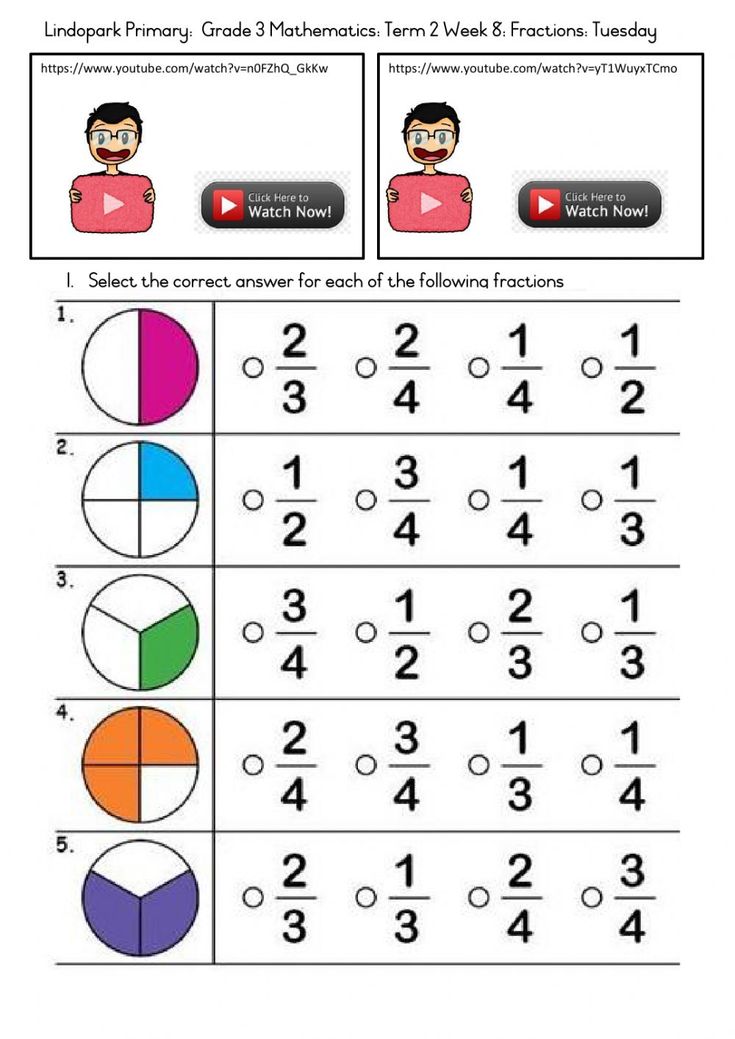 What is the name of the ray that divides the angle in half? ( Bisector)
What is the name of the ray that divides the angle in half? ( Bisector)
6. What is the name of a quadrilateral with all angles and sides equal? (square)
7. A kilogram of meat is cooked for 1 hour. How long does it take to cook 0.5 kg of meat? (in 1 hour)
8. What is 17
2
? (289)
9. What is the hundredth part of a number called? (percentage)
10. What is the largest number can be written in four units? (11
11
)
11. How many times longer is a kilometer than a centimeter? (100,000 times)
12. How many letters are there in the word "arithmetic"? (10)
Questions for the second
1. Who derived the formula for the roots of a quadratic equation? (Viet)
2. Which curve is the graph of a quadratic function? (parabola)
3. Who said: “Mathematics should be taught later, that she puts her mind in order"?
(Lomonosov)
4. How many days are there in a year? (365 or 366)
5.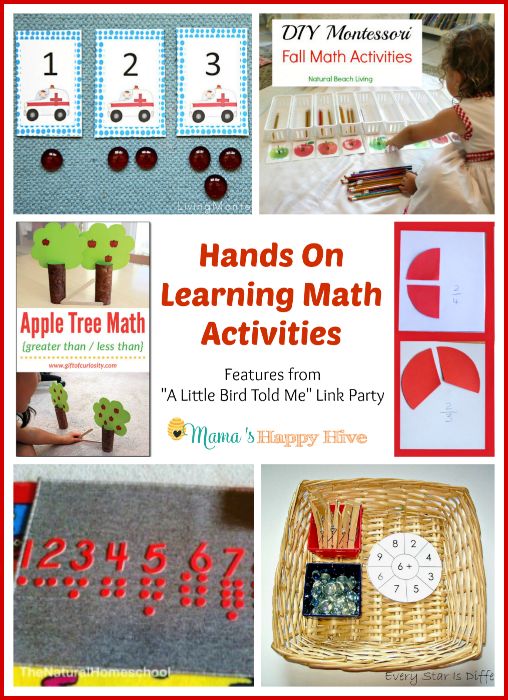 What is the name of the segment, connecting the apex of the corner with the midpoint of the opposite side
What is the name of the segment, connecting the apex of the corner with the midpoint of the opposite side
? (median)
6. What is the name of a quadrilateral whose angles are equal in pairs, and are the sides all
equal? (diamond)
7. Two people played chess for 2 hours. How many played each? (2 hours)
8. What is
16
2
? (256)
9. What is the fourth part of a number called? (quarter)
10. What is the smallest Can a number be written using four units? (1111)
11. How many times a kilometer more than a millimeter? (1000000)
12. How many letters are in the word "Mathematics"? (10)
Well done, the warm-up is over, and with what result, jury's word.
3. The next competition "BLACK BOX".
A compass is brought in the black box.
Clues
(80 points) There is a legend about the Greek inventor Daedalus (the master who made the wings
Icarus) and his nephew, a very talented young man who invented the potter's wheel,
the world's first saw and what is in this box.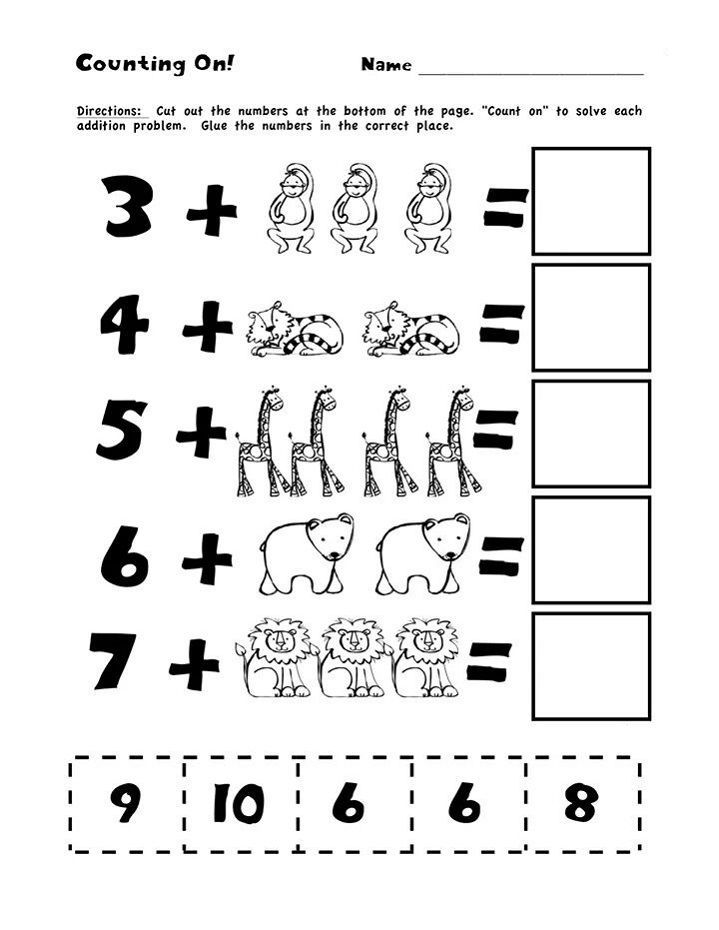 For this he paid his life, because
For this he paid his life, because
an envious uncle pushed him off a high city rampart.
WHAT IS IN THE BLACK BOX?
1. (70 points.) The oldest object of this kind has lain in the ground for 2000 years.
2. (60 pts.) Under the ashes of Pompeii, archaeologists have discovered many such objects,
made of bronze. In our country this was first discovered during excavations in
Nizhny Novgorod.
3. (50 points.) For many hundreds of years, the construction of this object practically did not change,
was so perfect.
4. (40 pts.) In Ancient Greece, the ability to use this object was considered the height of perfection
, and the ability to solve problems with with his help - a sign of a high position in
society and a great mind.
5. (30 points) This item is indispensable in architecture and construction.
6. (20 points.) The well-known writer Yuri Karlovich Olesha, author of The Three Fat Men, wrote: “In
lies a velvet bed, tightly squeezing his legs, cold and sparkling.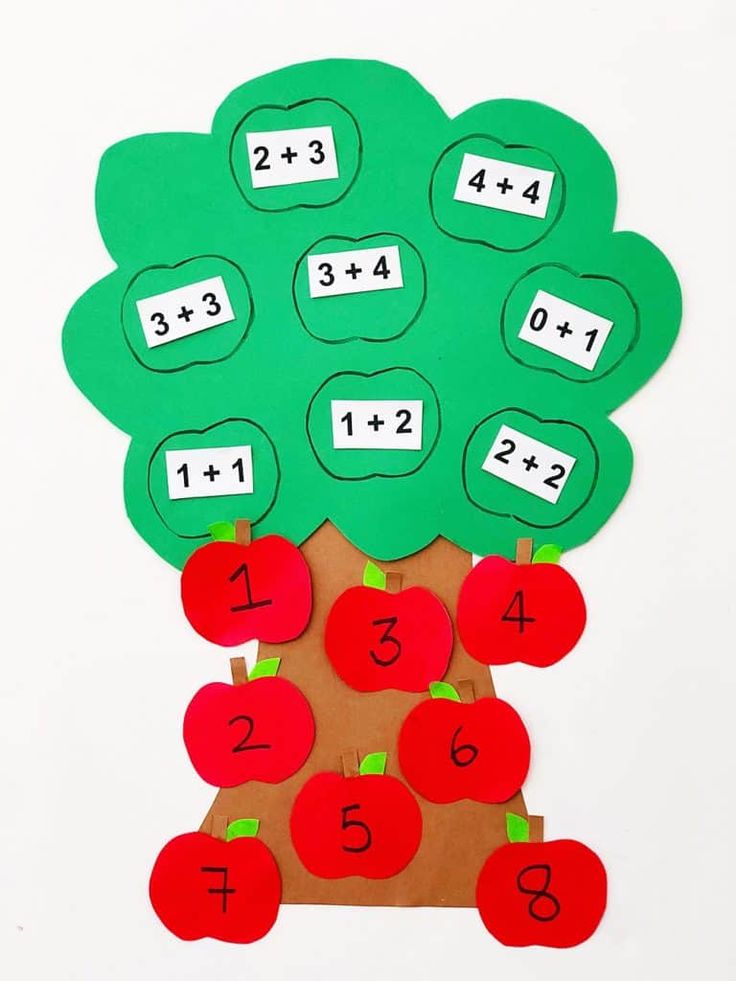 He has a heavy head. I
He has a heavy head. I
I intend to pick him up, he suddenly opens up and makes an injection in the hand.
7. (10 points) Needed to transfer dimensions from one drawing to another, for building
equal angles.
8. (0 points.) A riddle was invented about this object: "Two legs agreed to make arcs and circles."
(Answer: compass) slide 2
Teacher's comment (about the compass).
Each of us knows the story of Daedalus and his son Icarus. But few heard that
Daedalus also had a nephew Talos, son of his sister. They had a talent for invention in
blood: a nephew left after his death two rods connected to each other and
able to draw the ideal circle. This was the first circle.
Studying an ancient burial mound in France, archaeologists found an iron tool that was
at least 2 thousand years. The Greek city of Pompeii, buried under the ashes, became
a confirmation of the antiquity of the compasses: under the ashes there are many found these tools,
made of bronze.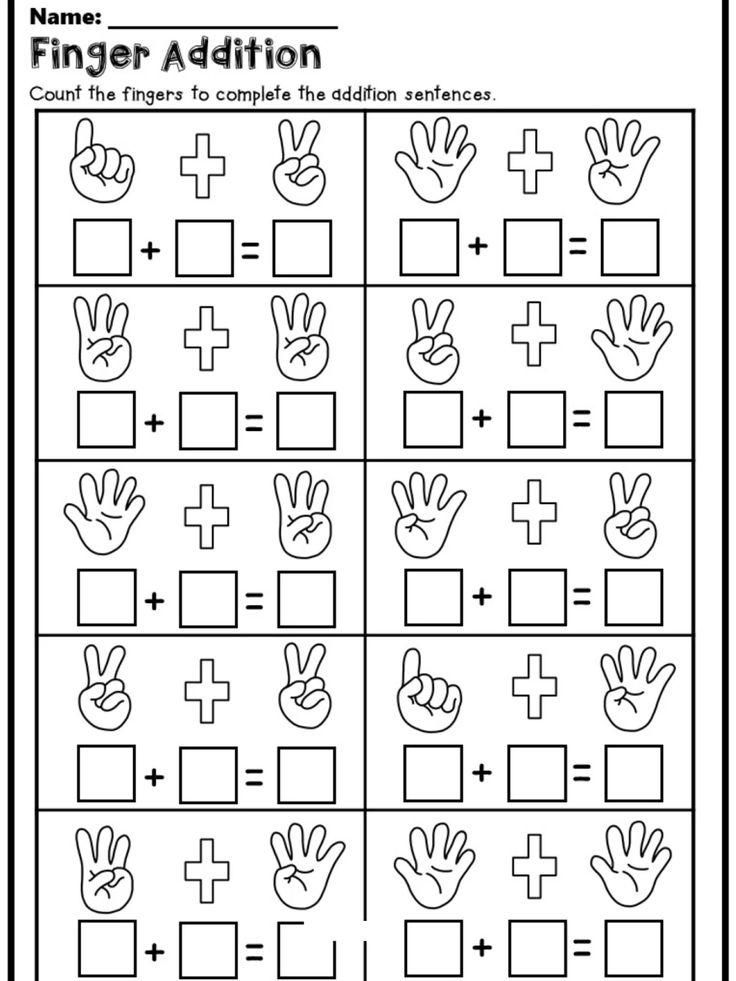 But also in the territory Russia made similar finds: during
But also in the territory Russia made similar finds: during
excavations in Novgorod, archaeologists discovered compass - a cutter made of steel. What did they serve
Novgorodians tools? In ancient times in Rus' they were very fond of patterns from the correct
circles, and they applied them with this tool.
It is the architects and civil engineers who are the main users of the tool, without which
nothing can be built. The compass and square are drawing fixtures
which designers work with. Not without them arched buildings would be created,
stained glass windows on temples Middle Ages: at the Cathedral of Our Lady of Paris or the Cathedral of Saint
Vitta - in Prague.
The watch is brought in the black box.
Hints
(80 points) The history of this invention goes back thousands of years. Hardly
someone will take the liberty of naming the inventor. IN in ancient times they were called clepsydras.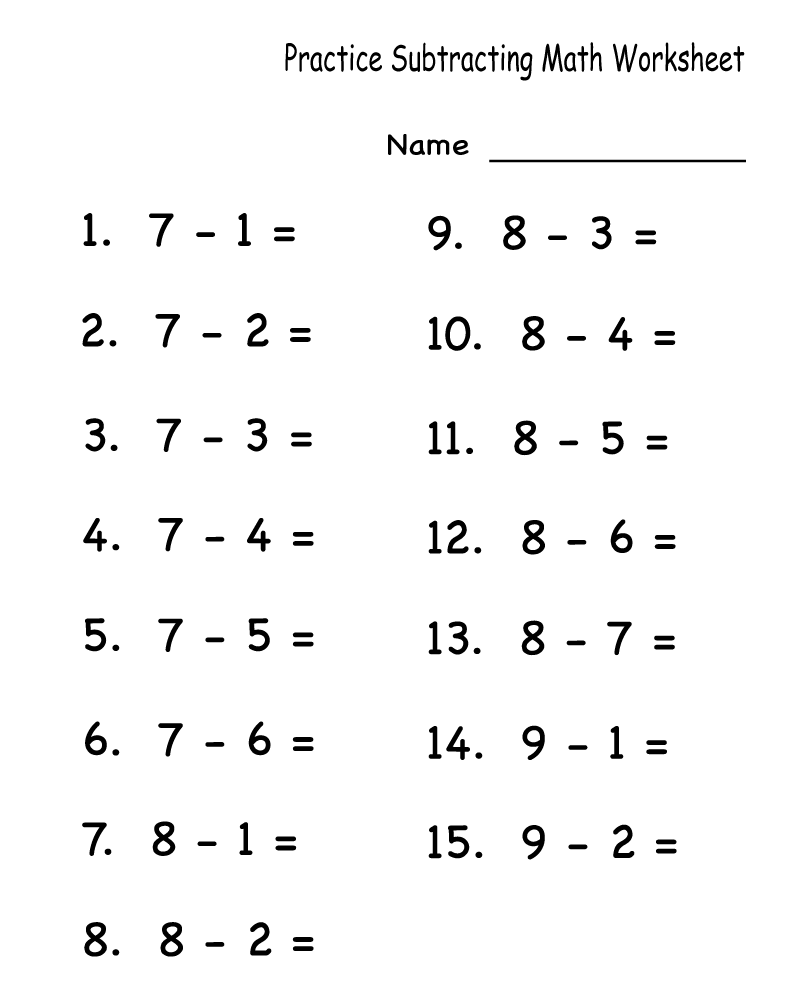
WHAT IS IN THE BLACK BOX?
1. (70 points) Almost every one of you has this wonderful thing.
2. (60 pts.) This thing has been constantly improved over the centuries and endured
changes, decreasing in their sizes, becoming unified. At various times, in this
Galileo Galilei, dad Roman, engineer Kulibin.
3. (50 points) At the beginning of the 20th century. His Majesty's court supplier of this important thing was the owner of
a famous family. Years later, his grandson, famous sportsman playing in the NHL, went into
inheritance business.
4. (40 points) This thing does not have a singular number.
5. (30 points.) This is partly sung in the song:
just a moment, hold on to it. There is only a moment
between the past and the future, It is he is called life.
6. (20 points) In mathematics, it is difficult to do without this subject. Especially when solving problems for
movement.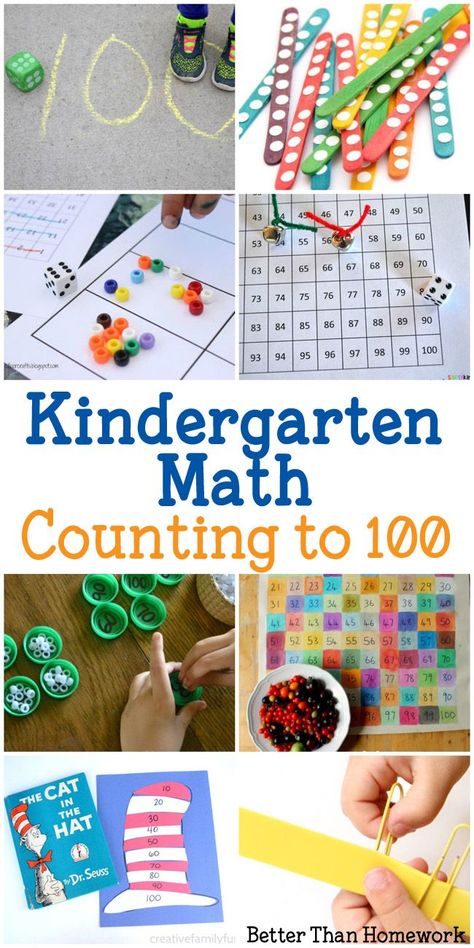
7. (10 points.) This thing is characterized by epithets: solar, water, sand, mechanical,
electronic, waterproof, shockproof.
8. (0 points) The riddle is dedicated to this subject: “All day long mustache move and tell time to recognize
.
(Answer: hours) slide 3
Teacher's comment (about hours)
Pavel Bure, a famous hockey player, took up watch production, and one of the first copies
of his products was presented by B.N. Yeltsin.
It is about the transience of time that is sung in song "There is only a moment."
The very first clock on earth was solar.
Greek philosopher Plato invented the first alarm clock and school bell at the same time,
so that at the right time you can collect their students. The water clock, or clepsydra,
consisted of two vessels. Into the first vessel poured water, flowing out, it displaced the air from
the second vessel; air through the tube rushed to the flute, it began to sound and the children ran to
lesson, having heard a beep.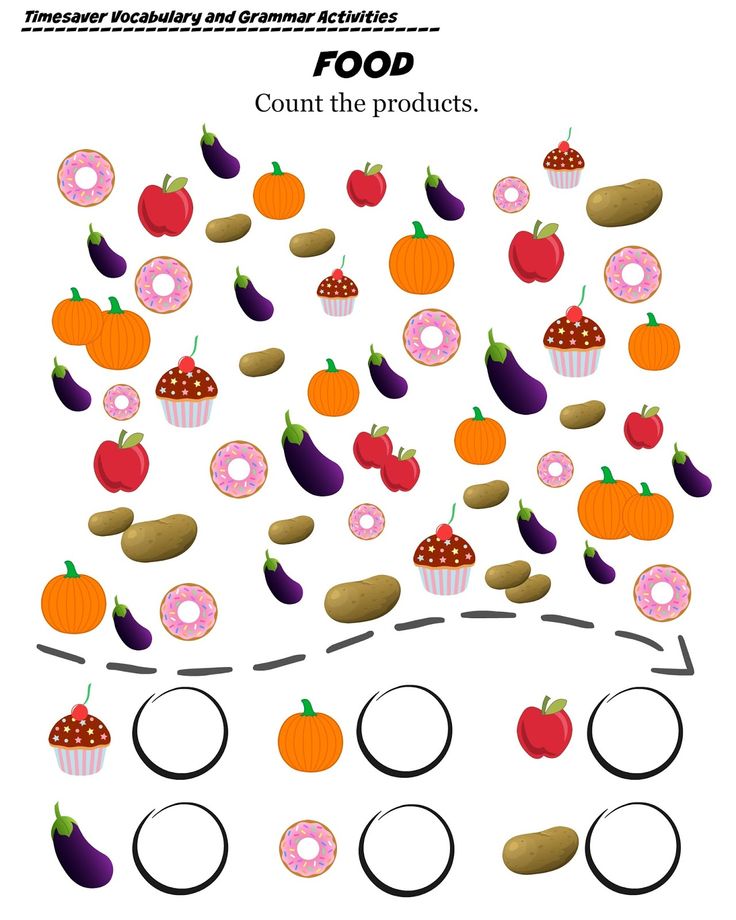
Then came sand, fire, mechanical watches. Today, apart from the time, the clock may
show month, day, day of the week, pressure, air temperature, can be an alarm clock,
be waterproof, shockproof.
The floor is given by the jury... Total score... explain: for reflection 1 min
1. perpendicularity of a line and planes.
2. parallel line and planes.
slide 4
5. Contest "Do you know him?"
Now let's test the teams' knowledge of the history of mathematics.
For each correct answer - 4 points. The hint "subtracts" 1 point. Each team has 2
questions.
Question 1. Long before our era the need for counting led a person to the concept of the natural number
. Gradually, the mathematicians of Babylon, Egypt, China, Greece, even before our
era laid the foundations of science - number theory. In Russia, the largest representatives of the theory numbers were
Chebyshev, Vinogradov and the person about whom further will be discussed.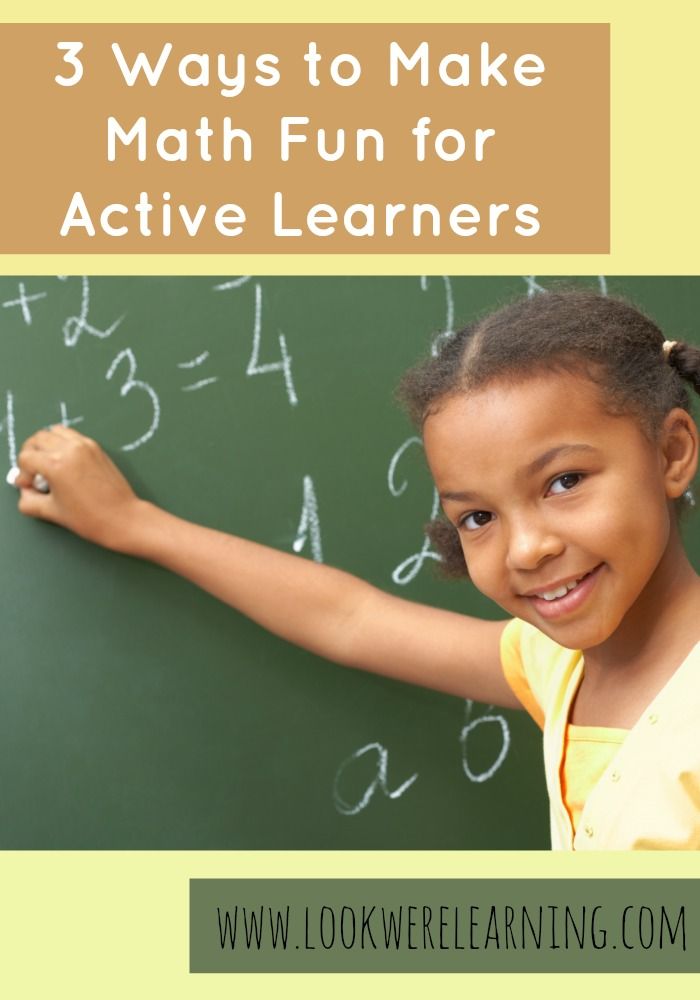
Swiss by origin. However, more He lived in Russia for 30 years, where he was elected a member
of the St. Petersburg Academy of Sciences. He's so describes the role of Russia in his work: “His
royal majesty (Frederick II) recently asked where I learned what I know. I,
according to the truth, answered that I owe everything my stay at the St. Petersburg Academy of Sciences.
Name this person.
Hints:
hint 1 His name is associated with the designation of the ratio of the circumference of a circle to its diameter
900 10 with a Greek letter.Clue 2 He wrote the textbook "Complete Introduction" but algebra", following the model which in
further textbooks were written algebra.
What is your answer? slide 5 (Answer: Leonard Euler)
Question 2. From the age of 14, the life of this person was associated with Kazan University. Since the age of 22, he has been teaching at the university
: gives lectures on mathematics, physics, astronomy; in charge of the
observatory, head of the library.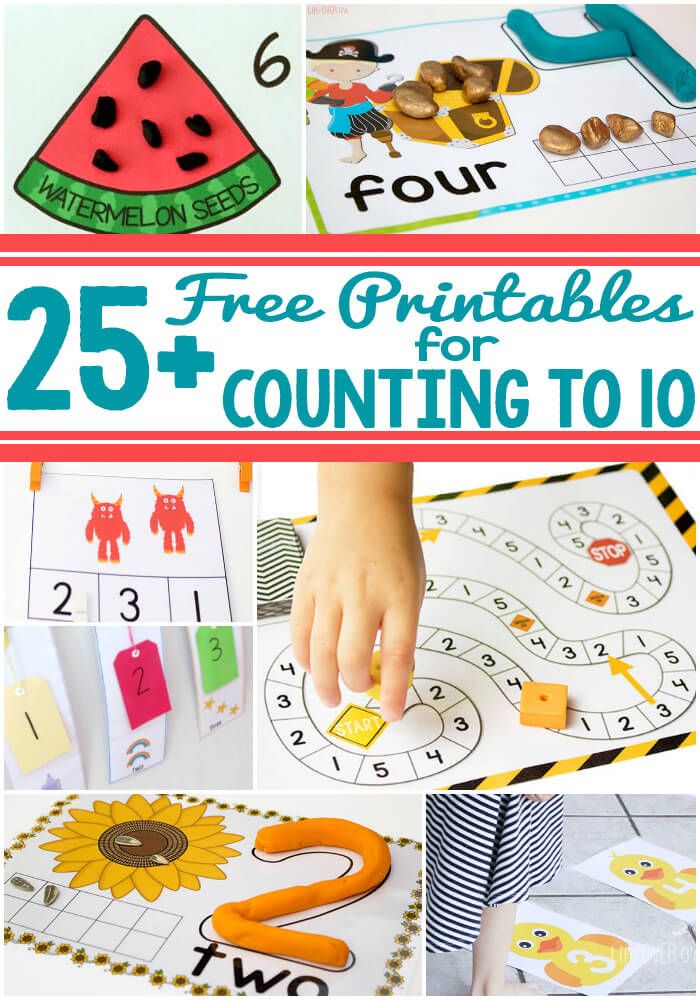
This is what the poet Firsov said about him:
Once, here, on the wide square,
Along this Kazan pavement,
Thoughtful, unhurried, strict,
He was going to lectures - great and lively.
Give the person's first and last name.
Clues:
clue 1 - at the age of 35 he becomes Rector of Kazan University and
has been heading it for 19 years.
Hint 2 - he put forward new geometry, is the creator non-Euclidean geometry,
which in his time almost no one understood.
(Answer: Nikolay Ivanovich Lobachevsky). Slide 6
Question 3. This woman, who lived in the 5th century. before AD, was a professor of philosophy at
Alexandria Museum of the Egyptian city of Alexandria. In his the library had millions of
papyrus scrolls on which were written essays on history and geography, mathematics and
physics, philosophy and poetry. The woman mathematician of antiquity was engaged in mathematical research
and was very eloquent.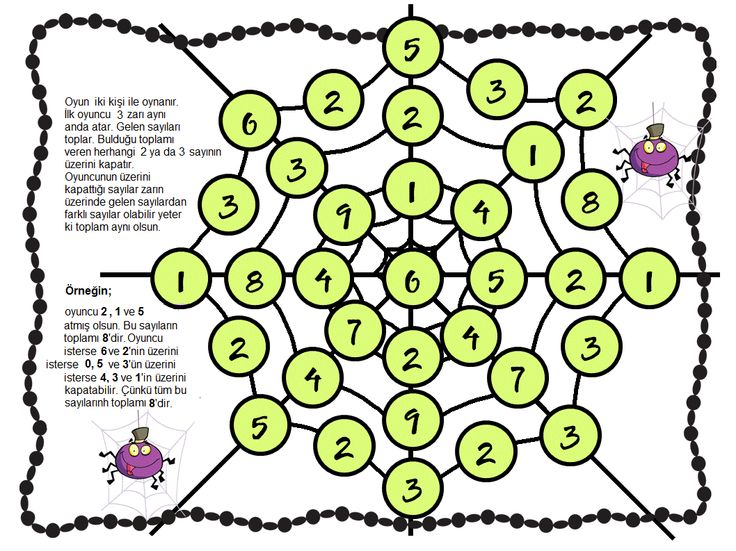 Her advice was appreciated by both poets and the rulers of the city.
Her advice was appreciated by both poets and the rulers of the city.
Clue - She lived in Athens for some time, constantly improving her education.
Upon returning home, starts work in the House of Muses, where he teaches mathematics and
philosophy. Poets wrote poems about her. Precisely because she kept the precepts of ancient science, Bishop Kirill hated her
. In 415 In the year
, lured by the bishop, a mob of Christian monks tore this outstanding woman to pieces. Name the first female mathematician.
What are your answers? (Answer: Hyp'atia Alexandria) Slide 7
Last (fourth) "historical" question:
Great need for literate people in military affairs, shipbuilding, in the mining
metallurgical industry led to the creation in Russia, a wide network of
general education and special schools and schools. For this purpose, in 1701, Peter the Great created the "School of Mathematical and Navigational Sciences"
.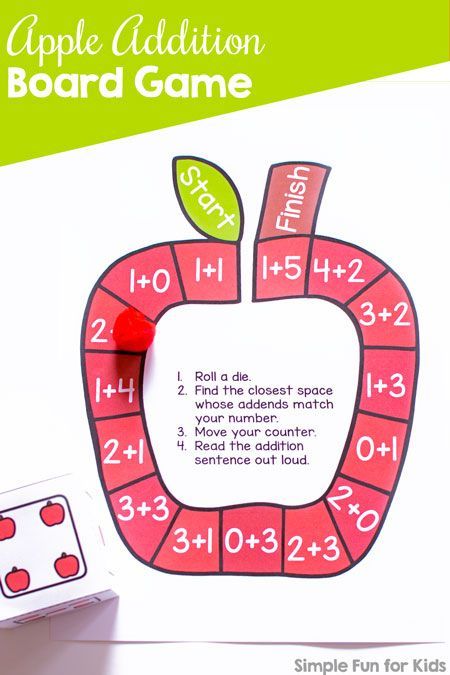 It was the first school in Russia, in which the main sections of mathematics were taught: arithmetic, algebra, geometry,
It was the first school in Russia, in which the main sections of mathematics were taught: arithmetic, algebra, geometry,
planar and spherical trigonometry…
In 1702 in school was assigned to teach arithmetic, geometry and trigonometry
mathematician, who then became a senior teacher and head of school. From 1714 he was instructed
to recruit teachers for the Digital Schools established by Peter I through
throughout Russia. State the name of this person.
Who is this interesting person? Your answer is…
Hint:
His textbook "Arithmetic, that is, numerical science" was published in 1703 in Moscow with a circulation of 2400
books. Mikhail Lomonosov highly appreciated this book and called it "the gate of learning". Lomonosov himself not only studied "Arithmetic", but also knew her by heart.
(Answer: Magnitsky Leonty Filippovich, comments of the jury ...) Slide 8
6. Great people
Teams will need after prompting name the person in question.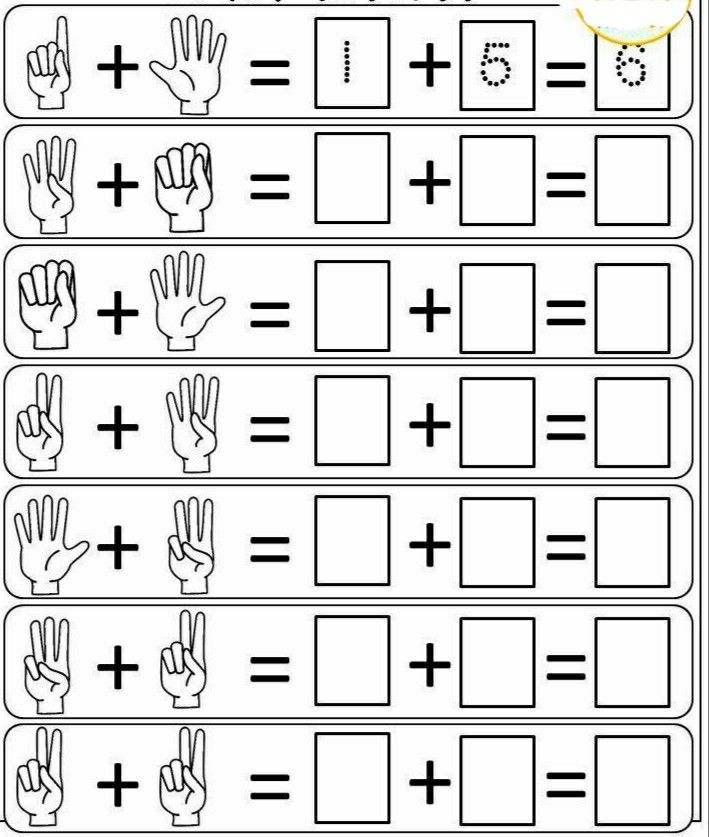 The faster you are
The faster you are
do it, the better. There will be hints nine. If you guess right after the first clue, you
are awarded 9 points, then, for each subsequent clue, one point is deducted.
Teams answer in turn after each another hint.
/ The first team is offered a story about Archimedes. /
1. The English scientist John Willis said about this man like this: “He laid
the fundamental principles of almost all discoveries, by developing of which our age is proud. (9b)
2. This person owns a popular expression that signifies triumph of reason. (8 b)
3. He was the first to calculate the volume of a ball, the centers of gravity of a triangle, cone, parabola segment and
many others. (7 b)
4. His initial education was led by his father, a mathematician and astronomer Phidias. (6b)
5. One of his remarkable inventions in theoretical mechanics had a machine for
watering fields ("snail screw") (5 b)
6.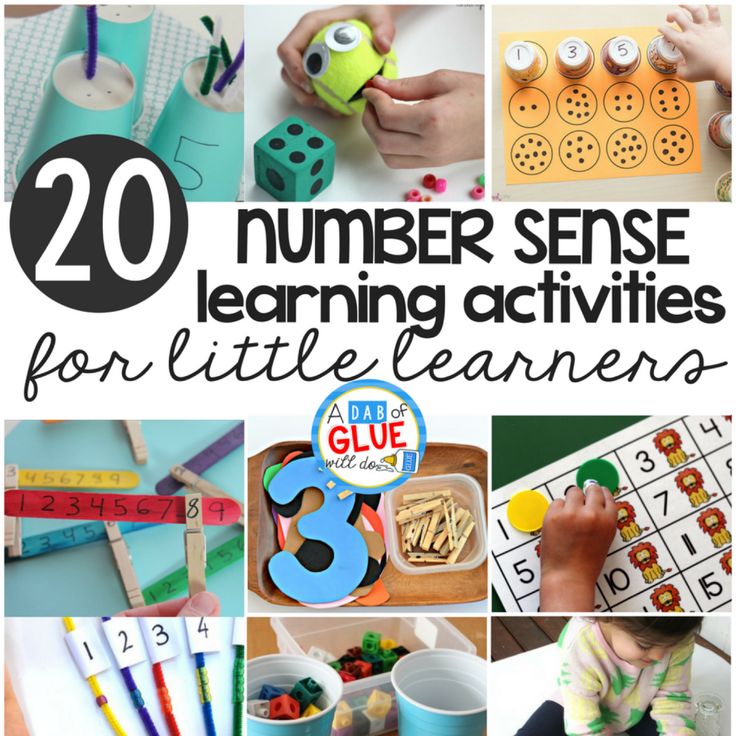 One of this man's amazing inventions is a mechanical celestial globe -
One of this man's amazing inventions is a mechanical celestial globe -
a kind of planetarium that demonstrated all visible movements of celestial bodies and even phases
of the Moon, carried out with the help of special mechanisms located inside the globe. (4
b)
7. “Kill me, but don’t touch me, O barbarian of these drawings!” - this is the version of the last words of
people. And according to another version, he exclaimed: "Don't spoil my circles!" (3b)
8. An obelisk with engraved ball,
inscribed in a cylinder. (2 b)
9. An original monument was erected to this man with a medal from a concave mirror in
hands. (1 b) Slide 9
/ The second team is offered a story about Sofya Kovalevskaya. /
1. In childhood, relatives and friends called this person "Sparrow" for small stature and
thin figure. (9b)
2. Father - a large nobleman, artillery general. His family comes from the Polish
knight Krukovsky and the daughter of King Matei, patron of the arts and bibliophile.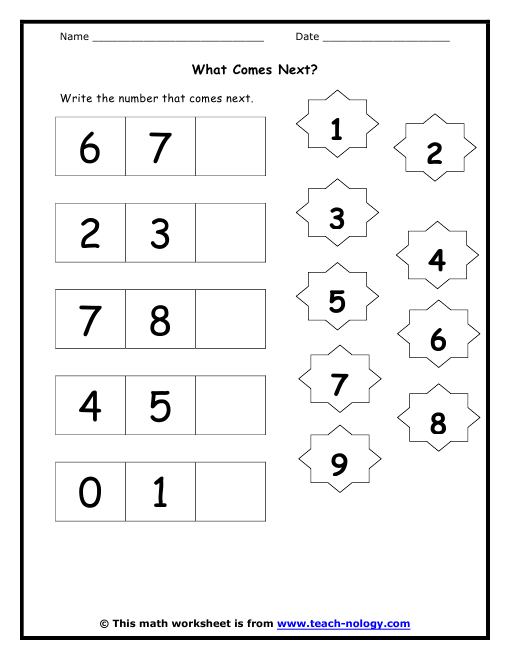 (8 b)
(8 b)
3. Early addicted to reading, this person first got carried away with poetry. At the age of 12, this
man firmly decided to become a poet. But those time with increasing force and
speed, mathematical gift. (7 b)
4. Man, who loved him, spoke of him like this: “Despite his 18 years, the sparrow is excellently educated, knows all languages as his own, and is mainly engaged in mathematics. Works like an ant, from morning to evening. In general, this is a small phenomenon.” (6 b)
5. Him was not allowed to attend lectures at the University of Berlin, but then he became favorite student of the famous mathematician Karl Weierstrass. (5 b)
6. Council University of Göttingen, having considered three scientific works performed by by this
person, recognized them as outstanding and awarded him the academic degrees of Doctor of Philosophy in Mathematics
and Master of Fine Arts with best praise. (4 b)
7. Own the first lecture on the theory of partial differential equations this person, when its
invited to Stockholm University for reading higher mathematics, began like this: “Gentlemen,
among all the sciences that discover for man the path to the knowledge of the signs of nature, the most powerful,
greatest science is mathematics.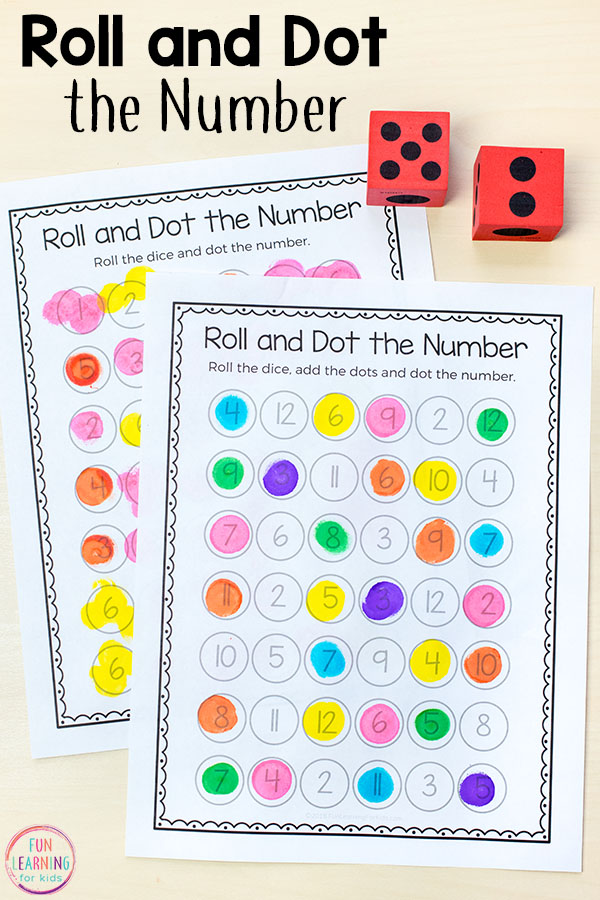 (3 b)
(3 b)
8. This a person is the first to find a solution to the mathematical description of various points
solid body rotating around a fixed point - a top, a gyroscope, etc. Competitive commission
, after reviewing a dozen and a half works sent to the third competition announced on
Paris Association of Sciences, awarded the prize for work under the motto "Speak, What do you know;
do what you must: let it be, whatever may be” and even decreed increase premium 1.6
times « due to the greater importance results” (2 b)
9. This person, all heartily empathizing with the difficult struggle of the French Communards, he arrived in besieged Paris in
to care for the wounded. (1 b) Slide 10
7. Competition "Dark Horse" In this competition for the correct the answer is 2 points. Slide 11
/ on the sheet we answer with letters, then we hand over the commission /
1. What theorem was called in the old days the bride theorem?
a) Thales' theorem; b) the Pythagorean theorem; c) Vieta's theorem.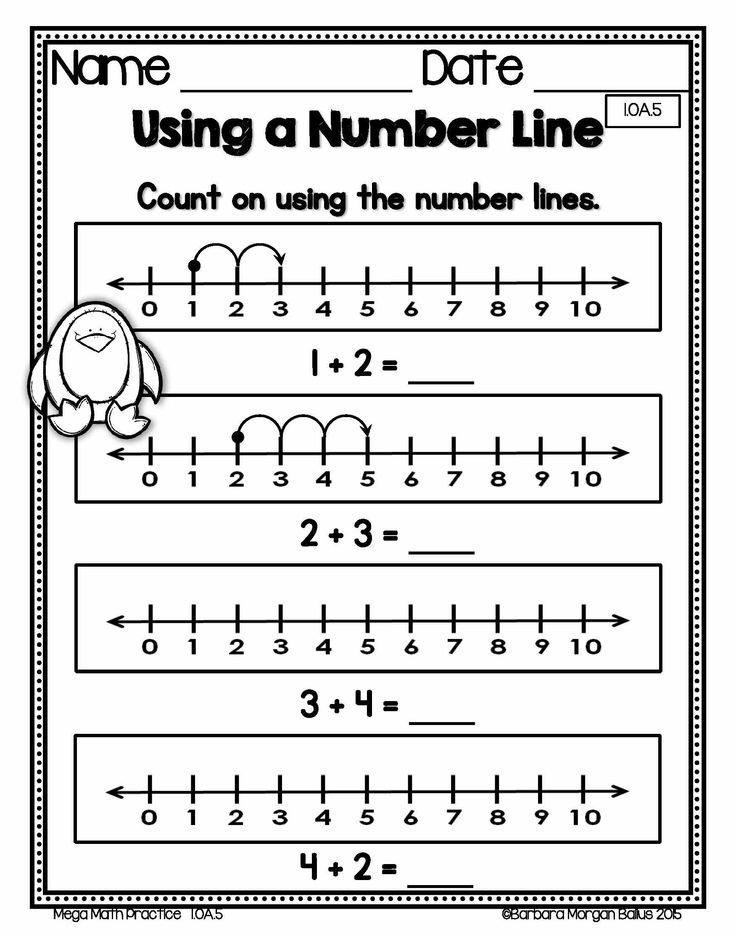
2. "Cone" translated from Greek means ...
a) Pine cone; b) spinning top; c) volcano.
3. Correct an octahedron is …
a) a tetrahedron; b) Octahedron; c) icosahedron.
4. What flower named after a woman - mathematician?
a) chrysanthemum; b) hydrangea; V) lily.
/Answer: in the name of the famous French calculator Gort'enzia Lekot (1723 - 1788)
is the name of the flower she brought from India. /
5. "Trapezium" translated from ancient Greek means…
a) the capital; b) sail; c) stairs; d) flat.
6. What the Greek word means "tight string"?
a) hypotenuse; b) leg; c) projection.
7. Quadrillion written with "1"
a) 15 zeros; b) 12 zeros; c) 9 zeros.
8. what the mathematical notation was introduced due to a typographical error.'
a) % sign; b) 3nak V.
9. how many times a kilometer is longer millimeter?
a) 1,000,000,000; b) 1,000,000; c) 1,000,000,000,000.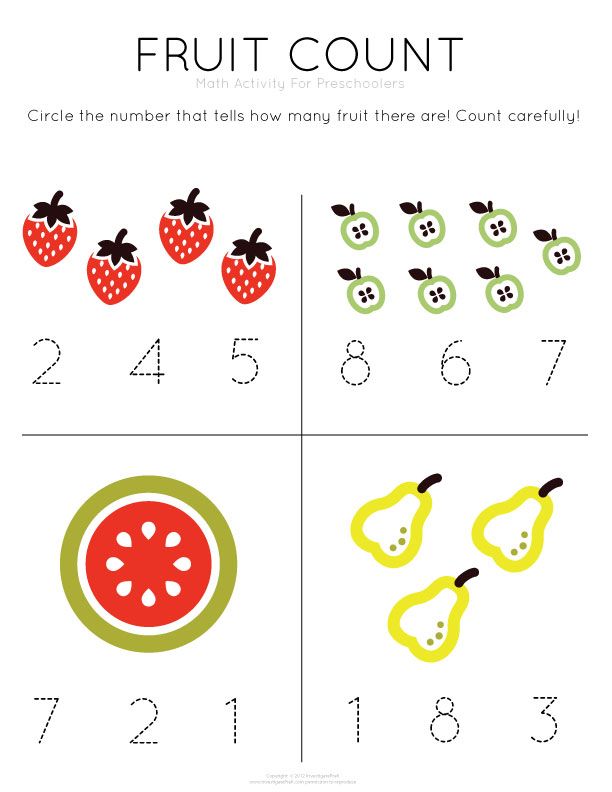
10. Who suggested the comma after the integer part of the decimal?
a) André Marie Ampère; b) Johann Bernoulli; c) Johannes Kepler.
8. Brainstorm
(Each team has 3 minutes to give as many correct answers as possible.
Command 1:
1. Does the decision equation
2. Solve the equation: 10x=1000
3. In what quarters is the sine positive?
4. Derivative of x
10
5. For what values of x does the expression make sense?
4
1
sin =x
1+x
6. Calculate: sin - cosπ.
7. Calculate
8. Determine the sign of the value functions: sin 190
0
.
9. Which is greater: cos 0
0
or tg 45
0
10. Cube root of numbers 64
Command 2:
1. Is there a triangle with sides 7,8, 14?
2. Solve the equation: 5
x
= 1/25.
3.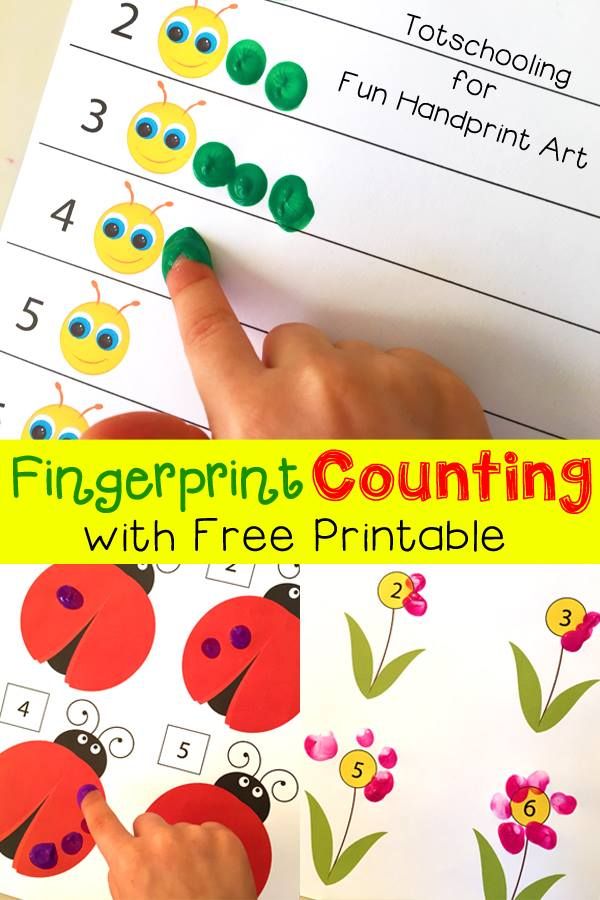 The area of a square is 36. What is its perimeter?
The area of a square is 36. What is its perimeter?
4. Solve the equation cos x = 5
5. In what quarters is tg x negative?
6. Calculate: sin π + cos
7. Formula for even numbers?
8. Determine the sign of the value functions: sin (-120
°
).
9. Find the derivative functions: y = 6x
6
– 7
10. What is the root of the fifth degrees out of 32
After passing Slide 12
9. Competition "Mathematical compliment" Slide 13
Teams take turns complimenting their opponents using mathematical terms,
for example: “line of the shoulders, oval of the face,..”. Behind each compliment the team receives 3 points.
10. Competition "Book-eater"
From the given words by rearrangement letters, make up the names of famous scientists -
mathematicians. Use the letters completely, without a remainder and additions. For each correct answer
the team receives 20 points.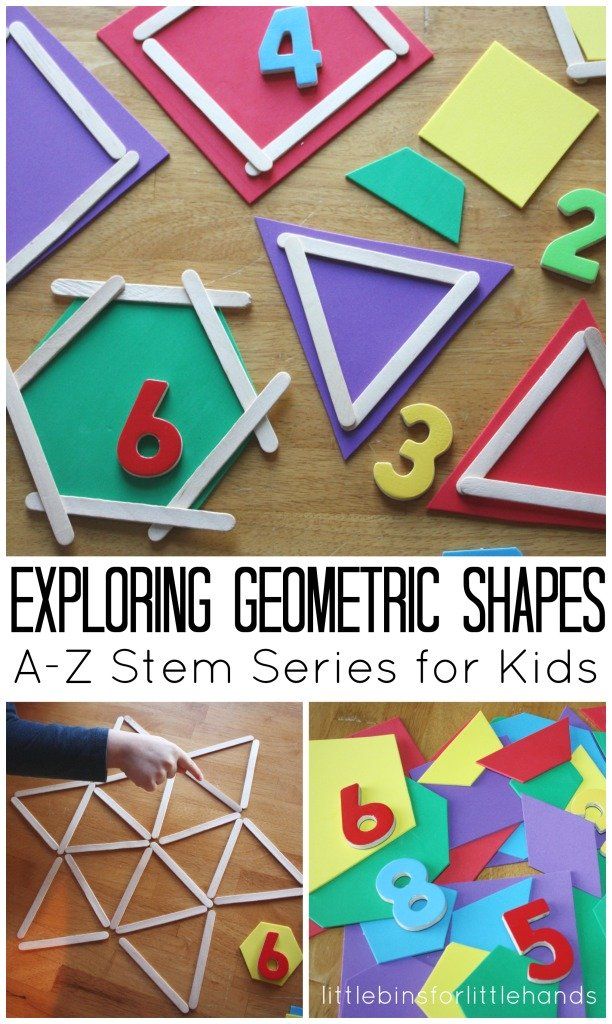 Slide 14
Slide 14
1. OR + TANK
2. MILK + BOP + G
3. SCALP + A
4. CHIMERA+ D
5. KIY + HUMAN + BASS + V
Slide 15
11. Competition of captains "WHO FORWARD"
Captains answer questions. score credited to the first person to answer the question.
Slide 16
1. Statement accepted without proof.
2. Triangle with two equal sides is called...
3. With which instrument can draw a circle
4. How many people played on musical instruments in I. Krylov's fable "Quartet"?
5. The smallest natural number.
6. Line connecting vertex of a triangle with the midpoint of the opposite side.
7. How many seconds are there in three minutes?
8. Football sword shape.
9. How many faces does new hex pencil?
10. Quadratic chart functions?
Summing up the competition, congratulations winners, final word. Slide17
Well, here it is by the end of our game, the winners have been announced.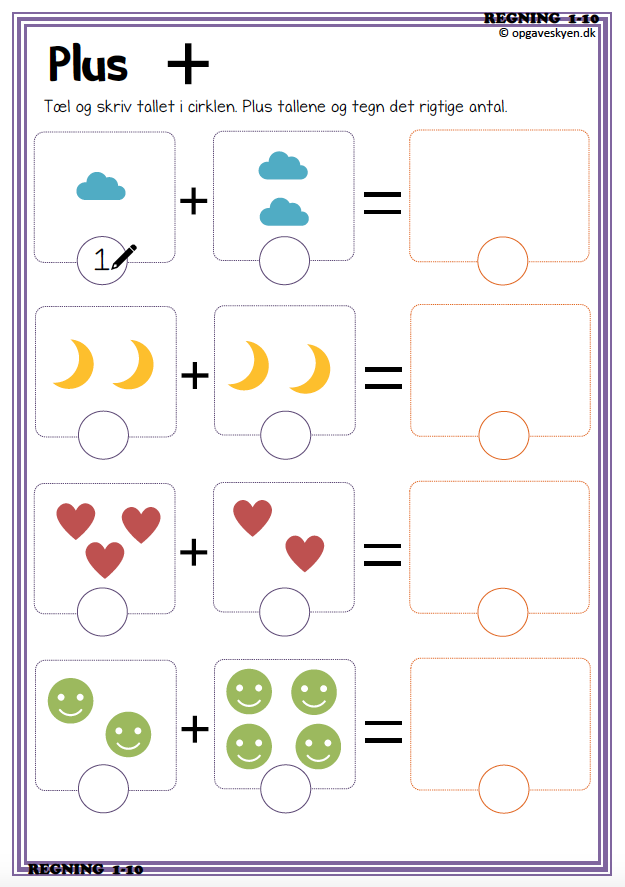 And actually
And actually
defeated in our no game, each team showed worthy participation, knowledge of
mathematics, intelligence and ingenuity. I want to thank everyone and everyone for participation and wish
success. Thank you teams for participating. We thank the viewers for support. We thank the jury
for a fair trial.
And in conclusion I would like to say:
Mathematics is everywhere.
You can only look with your eyes
And there are a lot of examples at once
You will find around you.
Goodbye, see you soon!
Extracurricular event for grades 7-8 "Mathematical assault"
GOU "Snezhnyanskaya Special school boarding school No. 42"
Development 9000
9000 9000 9 8 classes "Math Storm"
Prepared by:
math teacher
Lukina T.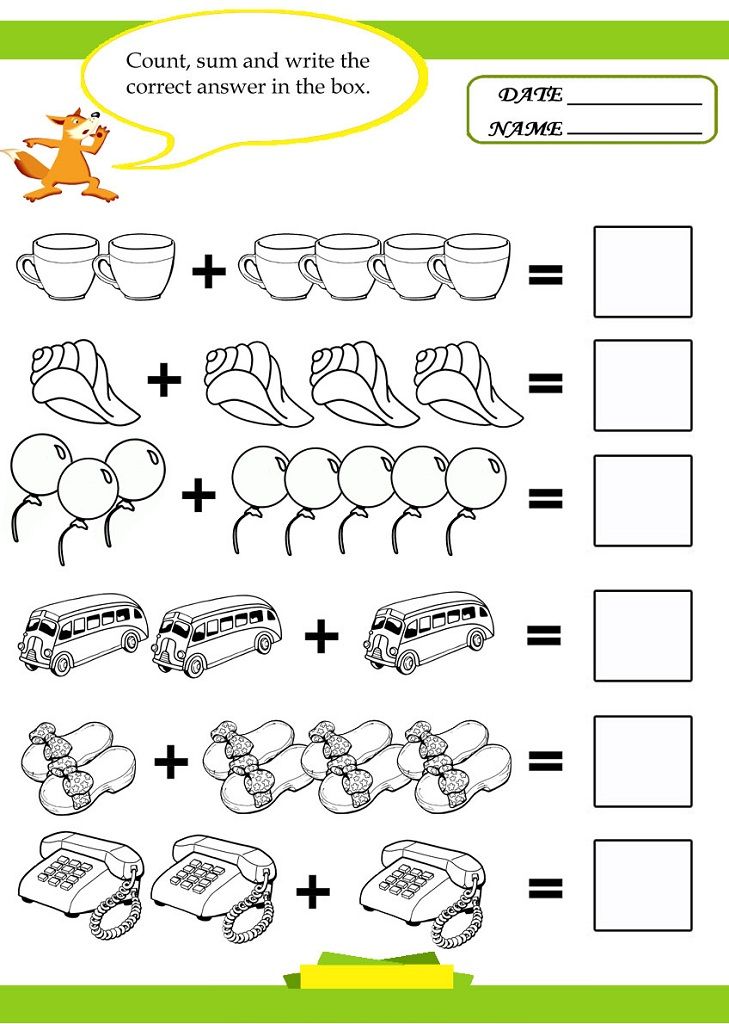 V.
V.
2020-2021 academic year
Scenario of the extra-curricular activity in mathematics "Mathematical Storm"
Goal : to form students' sustainable interest in studying the subject of mathematics.
Tasks:
Educational: Teaching math through play.
Correctional and developmental: Development of attention, memory and thinking, ingenuity.
Development of individual creative abilities of students.
Educators: Raising a sense of respect for rivals. Assistance in the organization of reasonable leisure. Strengthening contacts among school students on the basis of friendly relations, mutual assistance and understanding.
Description of the material: game subject competition in mathematics "Mathematical assault" for students in grades 7-8. Storming is an extracurricular activity.
2 teams of 5-7 people each participate in the competition. It is envisaged that all students in grades 7-8 take part in the game, given that there are not many students in the classes.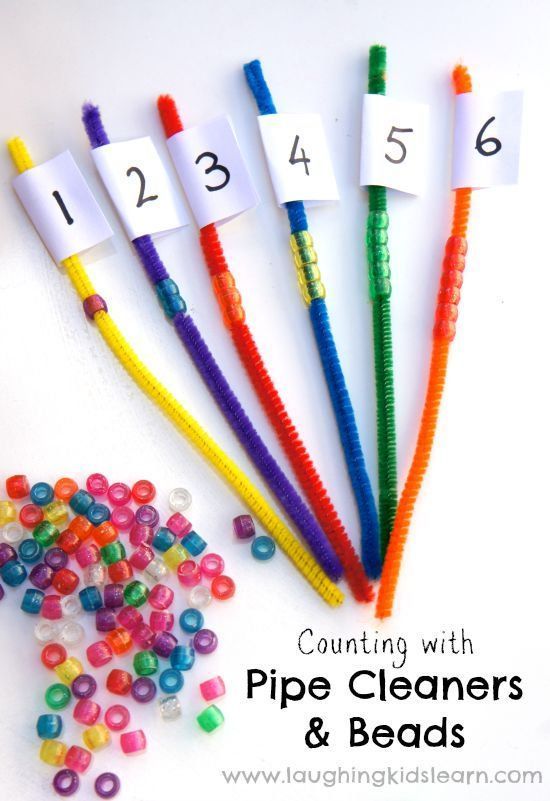 The game includes 5 contests. A point is given for each correct answer. Whichever team has more points is the winner of the assault. After summing up the results, the winning team is awarded medals "For the Victory", all participants in the game are encouraged with prizes. The diploma is given to the most active player(s) - "The best player of mathematical storm", who gave the most correct answers during the game. The approximate time required for the game is 45-60 minutes.
The game includes 5 contests. A point is given for each correct answer. Whichever team has more points is the winner of the assault. After summing up the results, the winning team is awarded medals "For the Victory", all participants in the game are encouraged with prizes. The diploma is given to the most active player(s) - "The best player of mathematical storm", who gave the most correct answers during the game. The approximate time required for the game is 45-60 minutes.
Equipment - pens, task cards, medals, diploma, presentation, multimedia projector.
Progress of the event: Slide 1
1. Hello guys! Today we have a competition “Math Storm” . 2 teams participate - the 7th grade team "Triangle" and the 8th grade team "Square". We will solve interesting and entertaining tasks with you. Teams will receive points for each correct answer. At the end of the game, the jury will sum up. Let's say hello to our jury and teams!
Let's start the mathematical assault , Slide 2
We wish you all success,
Think fast, don't yawn,
Count everything correctly.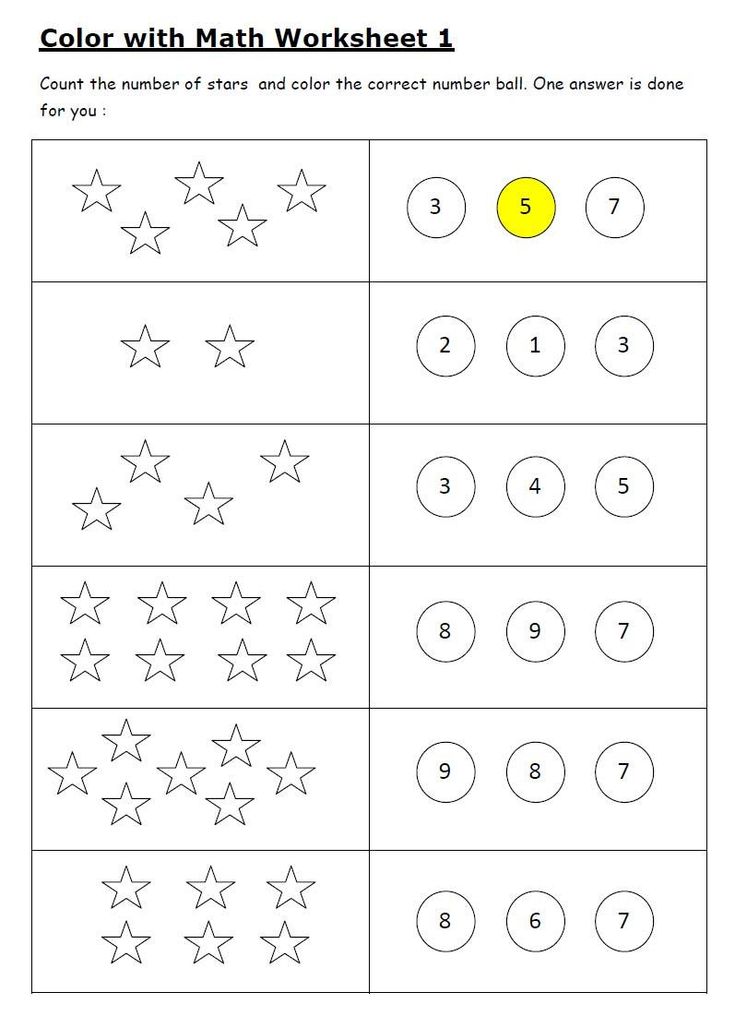
2. Competition "Continue the proverb" Slide 3
Teams are given proverbs in turn, each of which contains a number. One point for a correct answer. If a team does not cope with their proverb, then the other team can answer and earn a point for themselves.
Living within four … walls.
Zero without ... sticks.
Two boots - ... a pair.
Bow from seven ... ailment.
One head is good, but two is ... better.
From the pot two ... an inch.
Gobble up both ... cheeks.
In the three pines ... got lost.
Live a century - a century ... learn.
Two are fighting, the third... stay away.
Double edged sword.
The miser pays … twice.
Scoring.
3. Let's watch an interesting video about mathematics Slide 4
4. Contest "Explainers" Slide 5
Each team in turn pulls a piece of paper out of the box.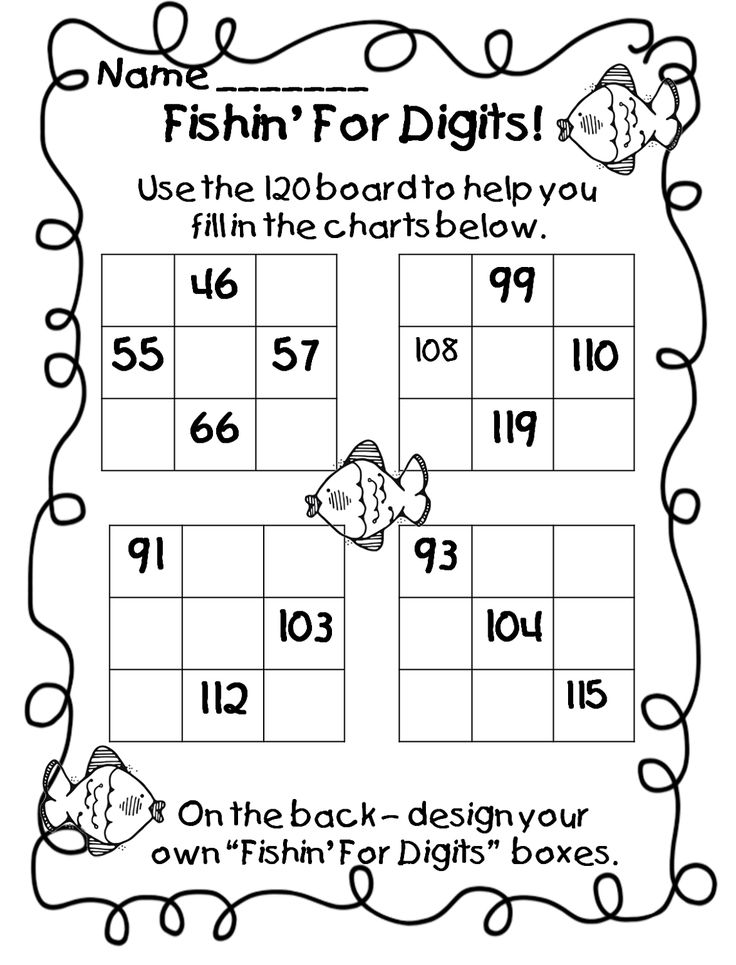 They must tell everything they know about these pieces so that the opposing team can guess what they are talking about (definition, properties). The name of the geometric figure cannot be mentioned.
They must tell everything they know about these pieces so that the opposing team can guess what they are talking about (definition, properties). The name of the geometric figure cannot be mentioned.
On leaflets: square, triangle, rectangle, circle, angle, line.
A point is assigned for each guessed figure.
5. Let's warm up a bit. Entertaining break Slide 6, 7
6. Competition “Who is faster” Slide 8
An example of several actions is written on the cards (according to the number of players in a team). At the command of the teacher, each team must solve it faster. The team that comes to the answer first and correctly solves the example wins (5 points).
500 - 25 x 2 - (270 +130): 4 Slide 9
Slide 10
There are puzzles on the screen, let's guess them. Slide 11, 12, 13, 14, 15, 16
Thanks to the audience! Well played! Active participants receive an incentive prize.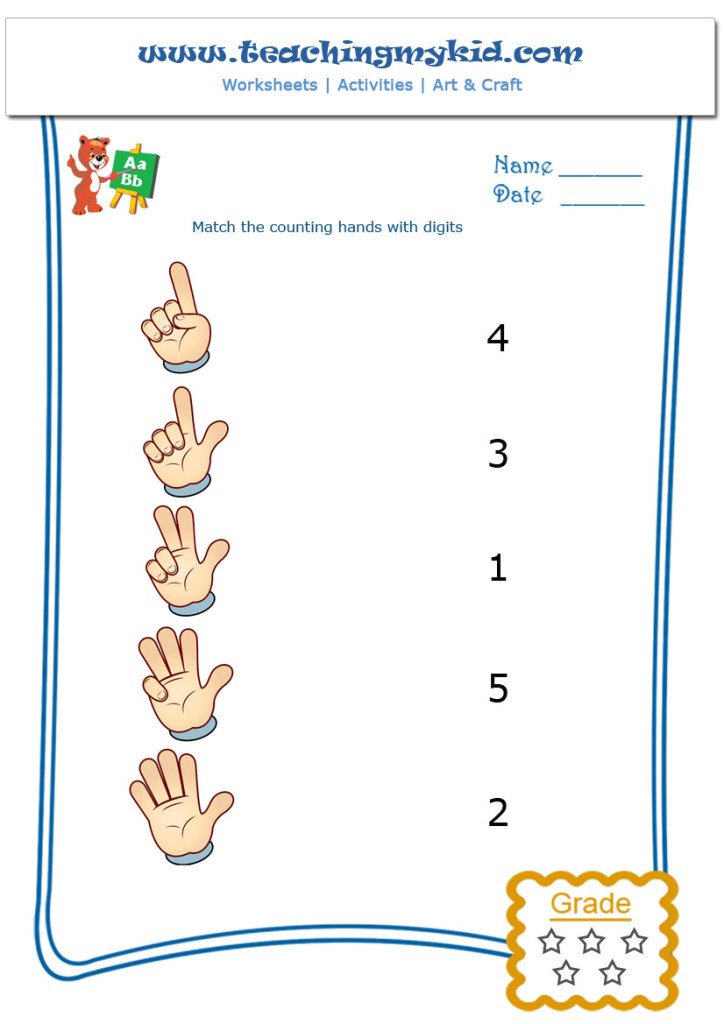
And now let's find out how the teams coped with the solution of the example
Solution 500 - 25 x 2 - (270 +130) : 4 = 350 Slide 17
8. Today, funny guys came to visit us to support our teams and wish them good luck - Musical pause Slide 18
9. Competition “I am artist” SLIDE 19 9000
With your eyes closed, draw house from geometric shapes (Slide 20).
First, one team comes out, in turn, each participant is blindfolded, and he draws a figure to make a house. Then the second team draws. The jury selects the best drawing and assigns from 1 to 5 points.
10. Competition "Sharp Eye" Slide 21
From the letters of the word " rectangle " (Slide 22) compose new words. You have 3 minutes to complete the task. The teams take turns reading the words. Whoever makes up the most words will win this competition. 1 point for each word.
Spectators can also make up words.


